

We arrive at
Stanley has never met Susan and I think he worries that they will get along. He very quickly discovers that Susan is knowledgeable about plants (and even knows most of the Latin names). The two of them disappear for an hour into the lovely back garden and when they emerge, they are fast friends.
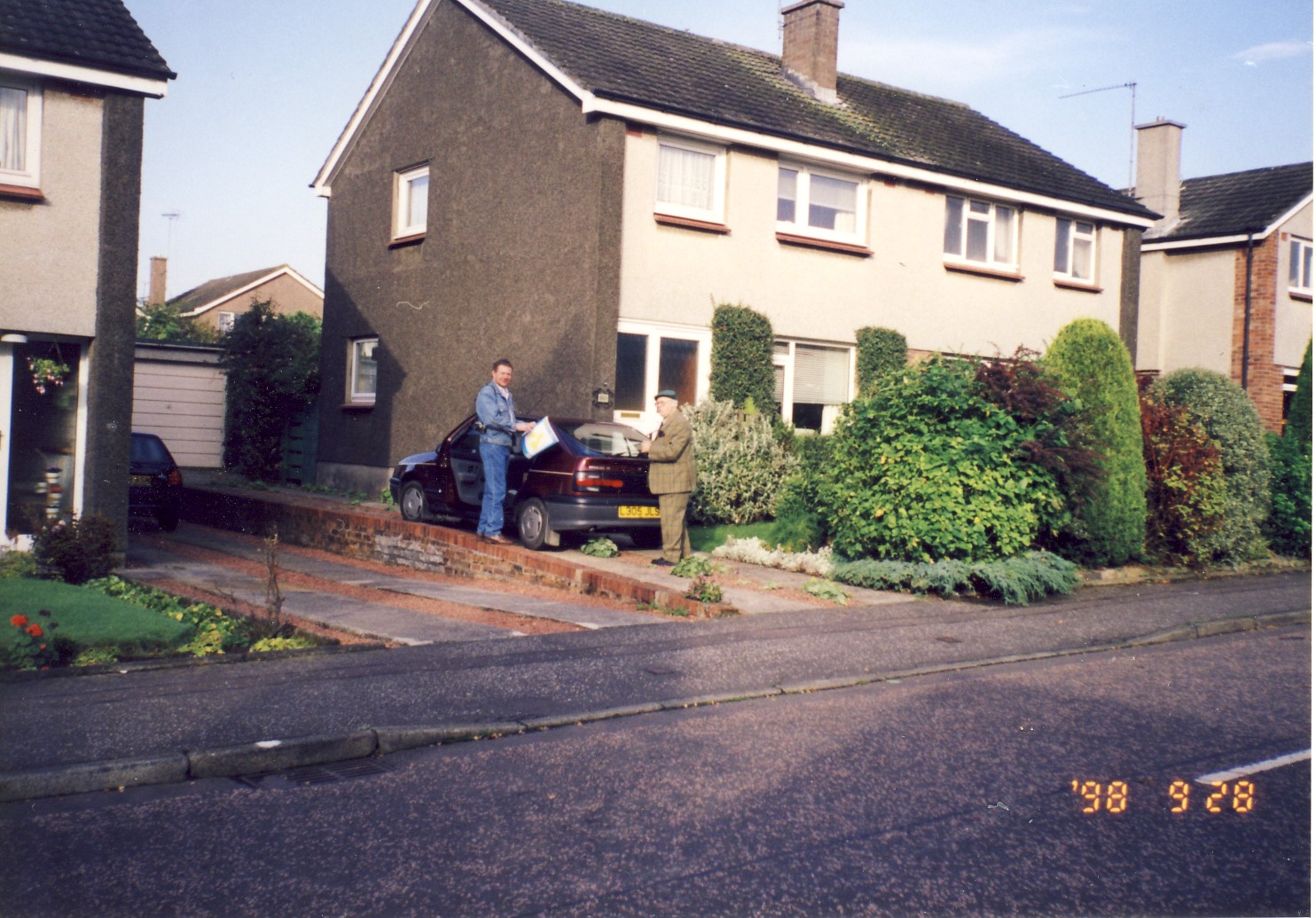 |
| Stanley's house in Linlithgow |
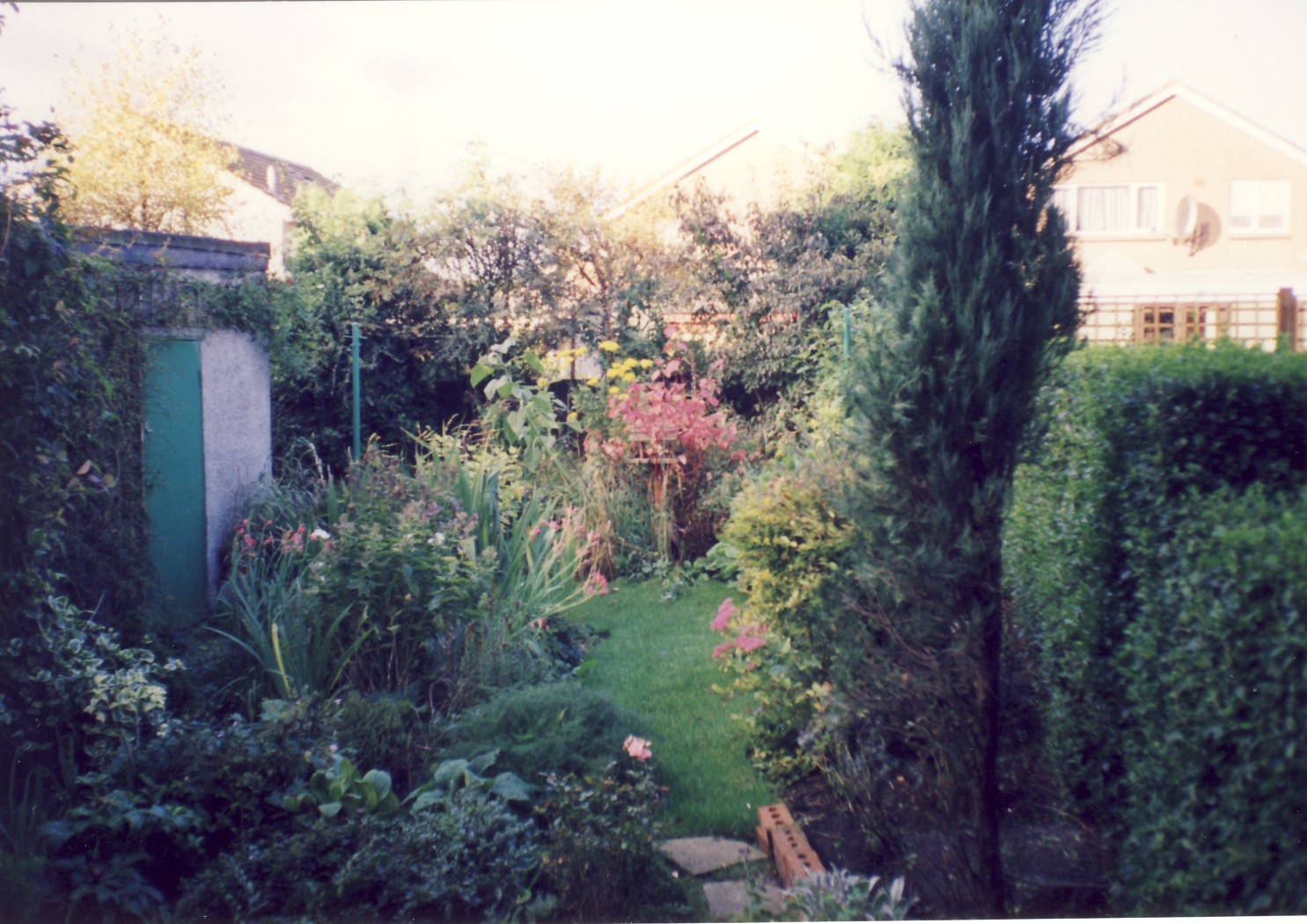 |
| The back garden |
Stanley lives a formal, structured life that is reminiscent of an earlier, middle-class British way of life. He comes down for breakfast every morning wearing a three-piece tweed suit and a tie. Each meal requires the table to be set with placemats, linen napkins in silver napkin rings and full place-settings of silverware and china.
One day, Susan says: "Since we are just having a quick bite for lunch, maybe we don't need the full table setting."
Stanley replies, in a quiet voice: "This is just the way we do things in this country, Susan!"
Susan sets the table!
After a day to recover from jet lag, we set out in
Along the way, we stop at Glamis to see the castle, Pictish carved stones and the first of many, many parish churches and graveyards. Then to Aberlemno: more Pictish stones, a beautiful old church and another graveyard.
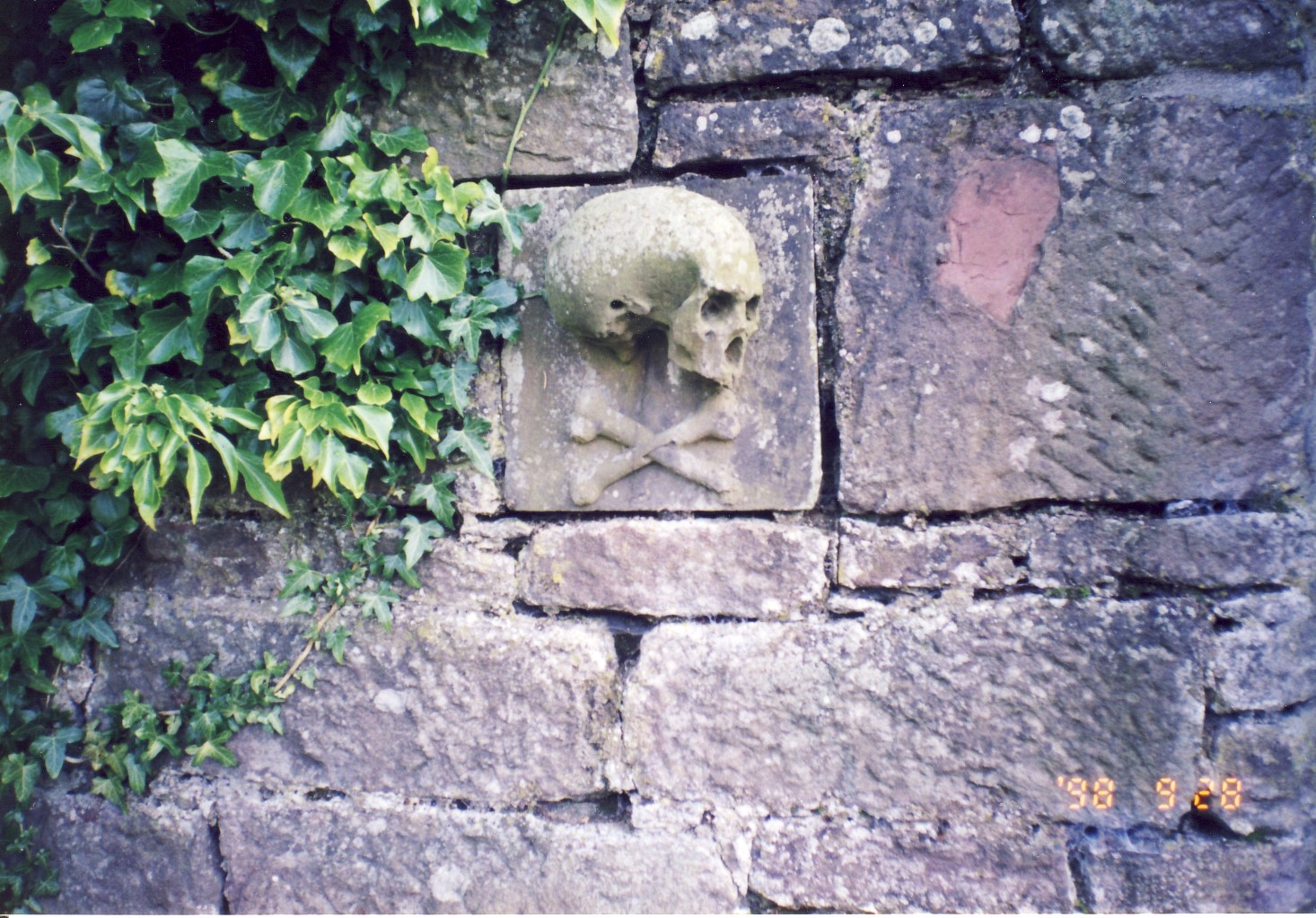 |
| Pictish stone carvings at Glamis Church |
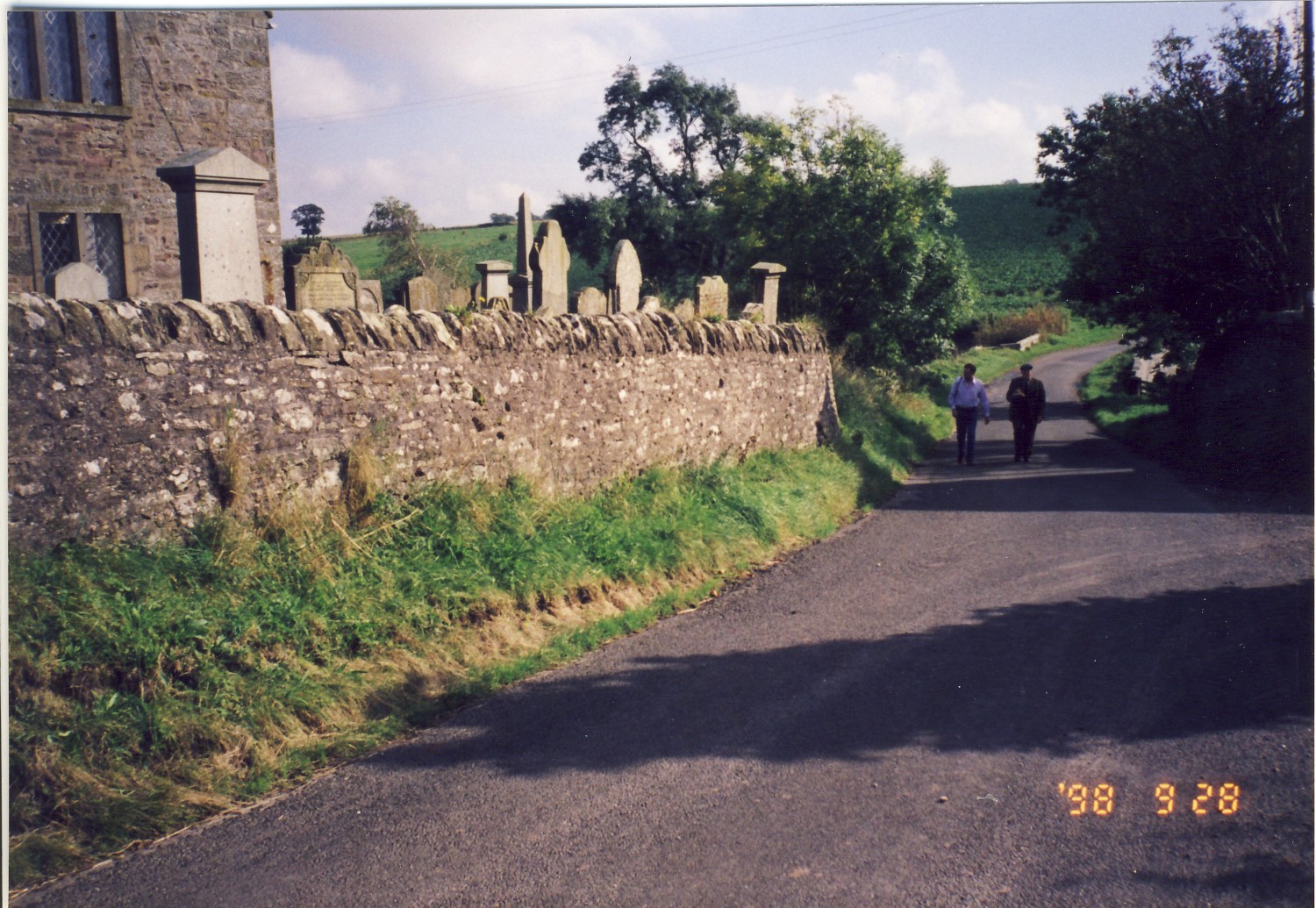 |
| Church at Aberlemno |
The next stop is the little church at Kineff, where we get a Scottish history lesson. In 1651, Dunnottar Castle was beseiged by Oliver Cromwell's army. The "Honours of Scotland" (the Crown Jewels) were smuggled out of the castle and buried under the altar of Kineff Church. They remained safely hidden until the Restoration of the Monarchy in 1660.
From there we move to nearby Dunnottar castle. This stop is disappointing as it is just closing as we arrive, and we don't have time to tour it. Dunnottar is a spectacular, large ruined castle, perched high on a rocky point above the north sea. It was a Jacobite stronghold and was destroyed by the English in 1716.
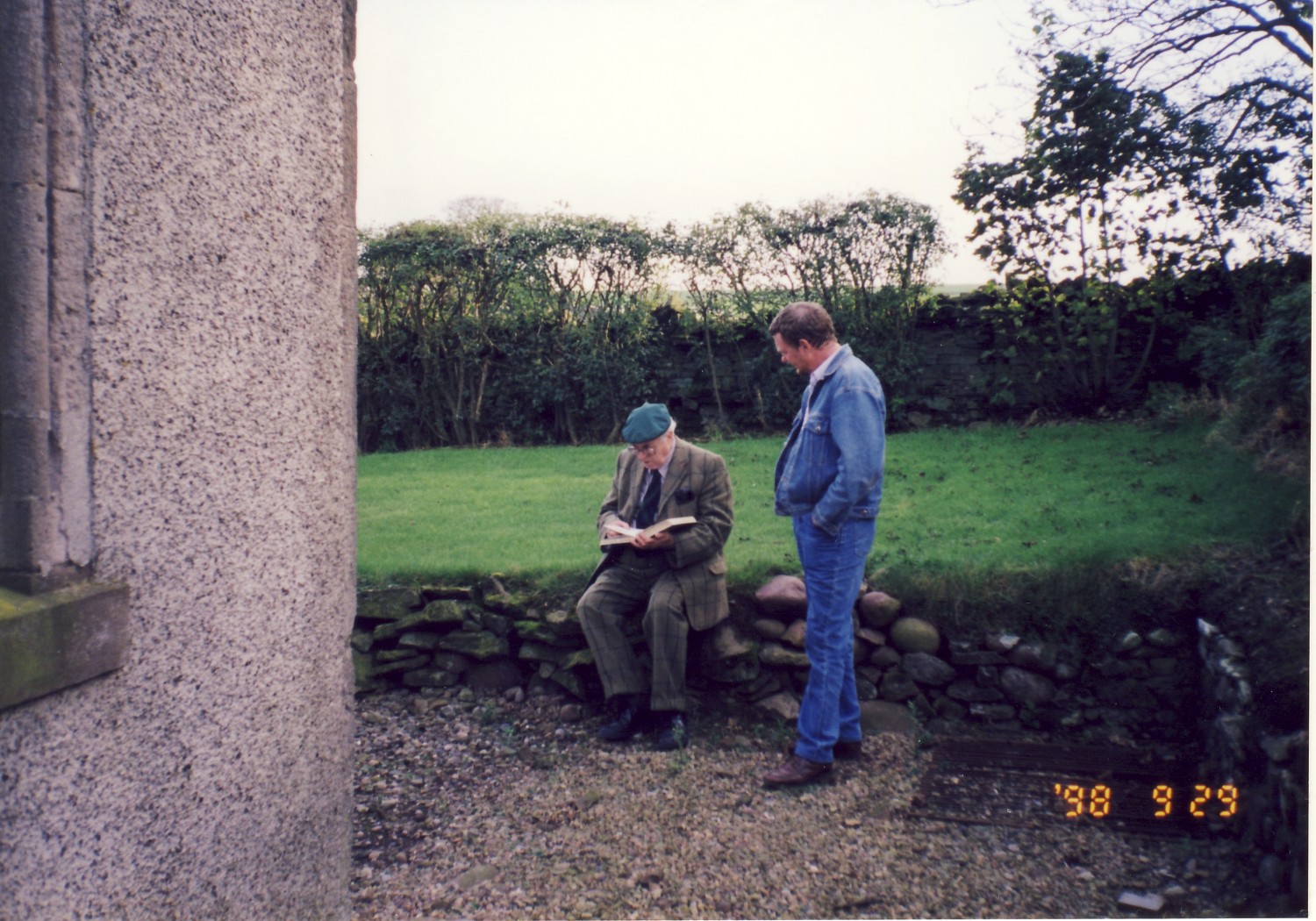 |
|
| A history lesson at Kineff church | |
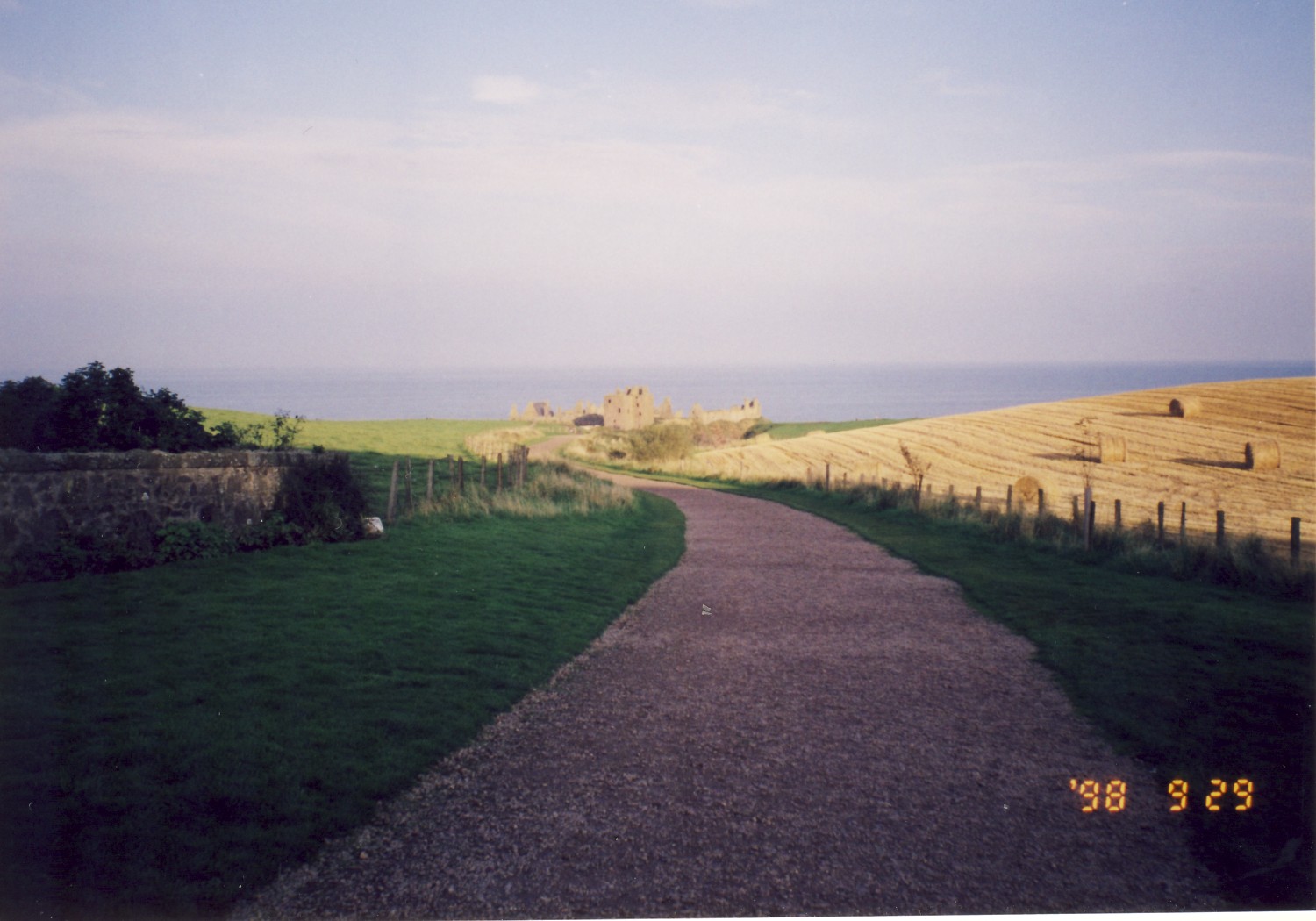 |
|
| Dunnottar Castle |
We arrive in the city of
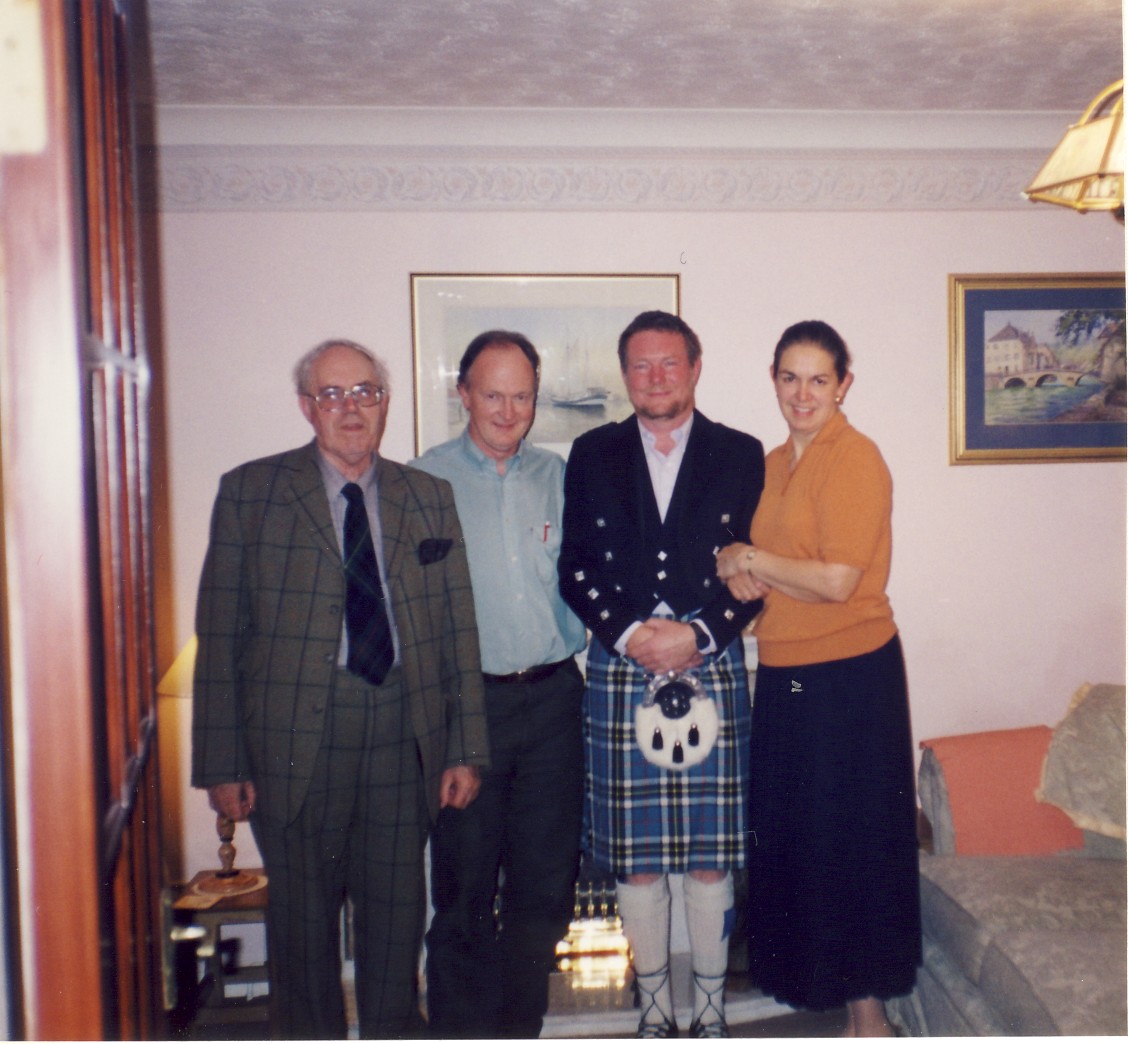 |
| Stanley, Colin, Lynn |
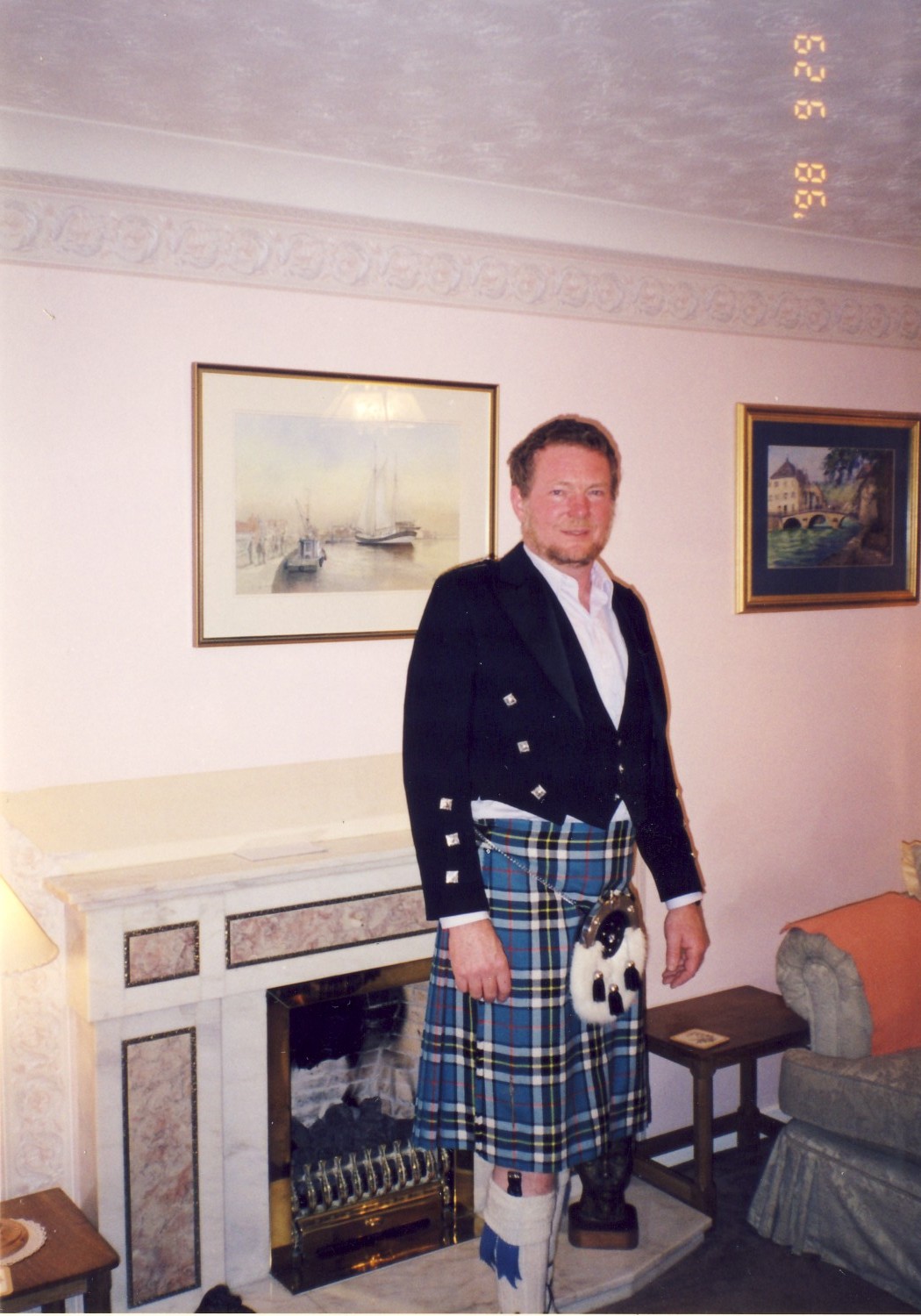 |
| Trying on Colin's highland dress |
Our first stop in Cumineston is Ardenlea, the home of Stanley's parents and where he spent his childhood. It is now owned by another cousin, Patrick Milne, and his wife, Lorna. Stanley hasn't been to Ardenlea since the Milnes bought it and he is visibly nervous about this visit. He is seriously concerned that the young new owners might have renovated the lovely old house beyond recognition. On our arrival, he is vastly relieved to find that it remains the same gracious and stately house of his memories. Patrick is away working in the North Sea oil fields, but we are warmly welcomed by Lorna and we have a lovely visit.
Stanley's Uncle Edward and Aunt Mabel, both about 88, live nearby in a seniors' apartment. They are bright, entertaining folk with terrific senses of humour and we enjoy them very much.
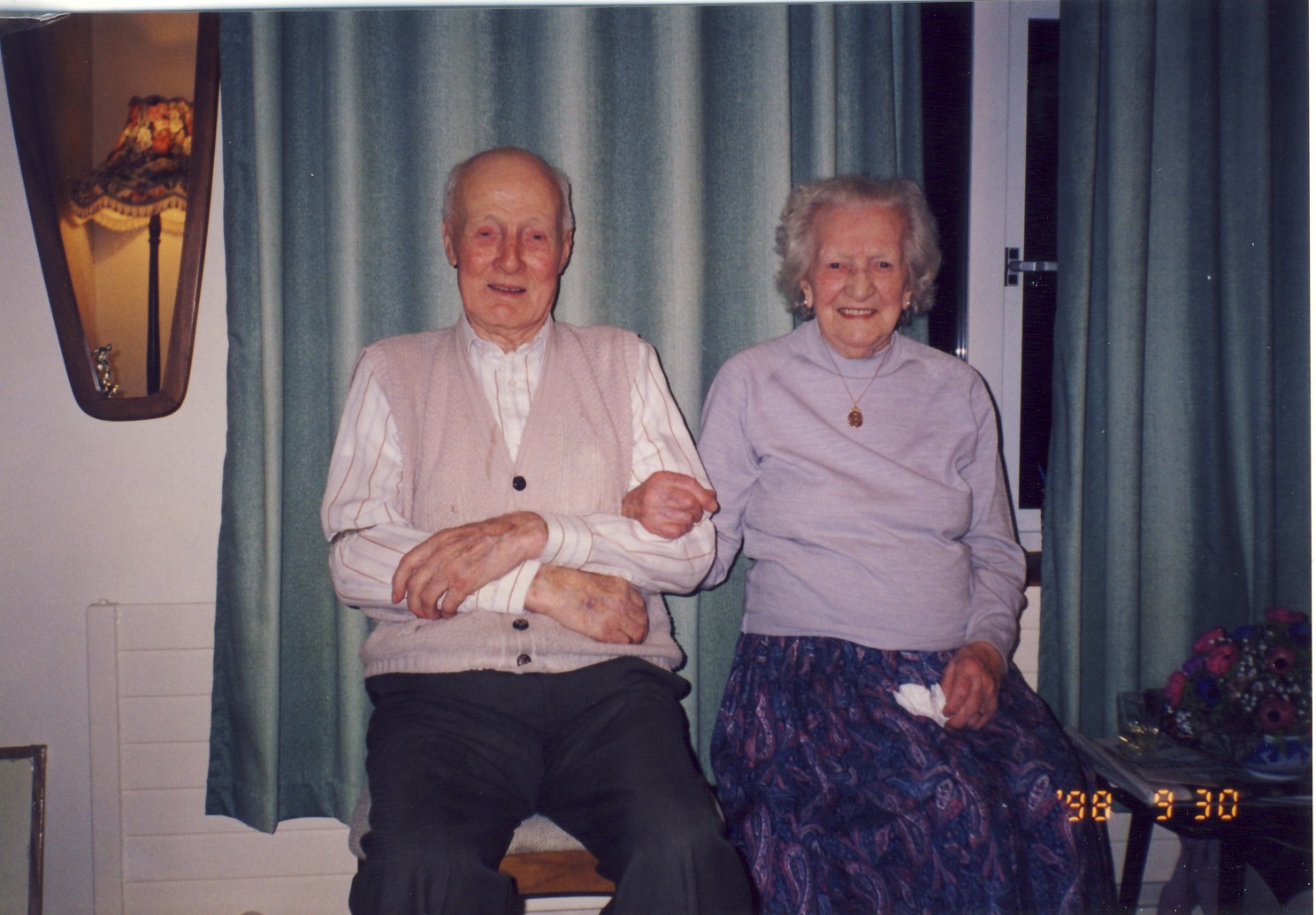 |
| Uncle Edward and Aunt Mabel |
Edward
treats
At one point during our visit, Stanley slips out to speak to a lady he knows in the building. After a few minutes, Uncle Edward says: "Whar's Stanley gan?"
Susan says: "I think he has gone to visit an old girlfriend!"
Uncle Edward retorts: "Stanley widna' ken whit tae dae wi' a girrul!"
Uncle Edward is a key figure in our itinerary as he knows an elderly farmer, John Duncan, very well. John Duncan happens to own Jacobshall, the farm next to Chapelden farm, where my great-grandfather was born and raised. Edward asked Mr. Duncan to take us to Chapelden in his Land Rover. Otherwise, it would mean a long hike along a very muddy track.
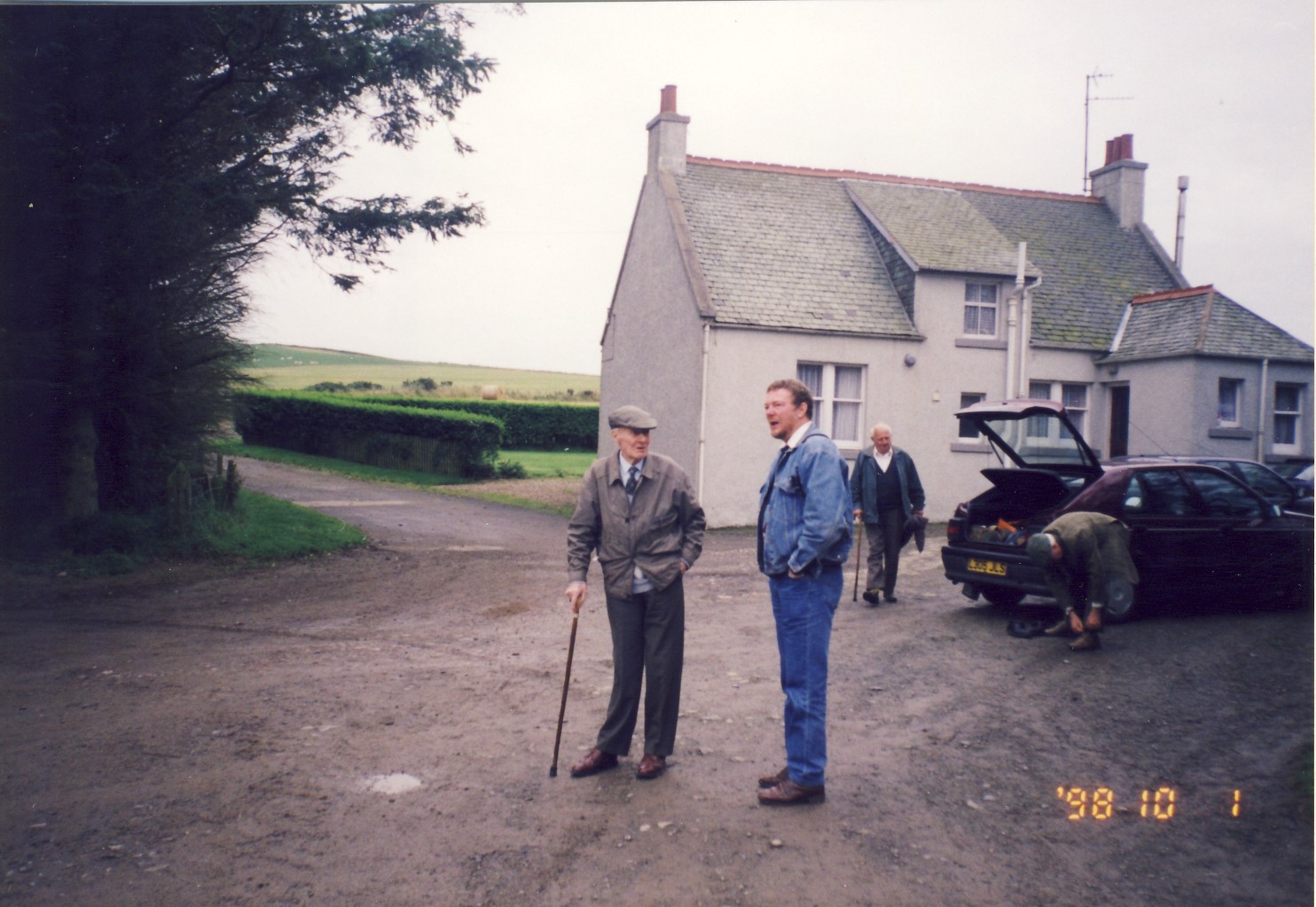 |
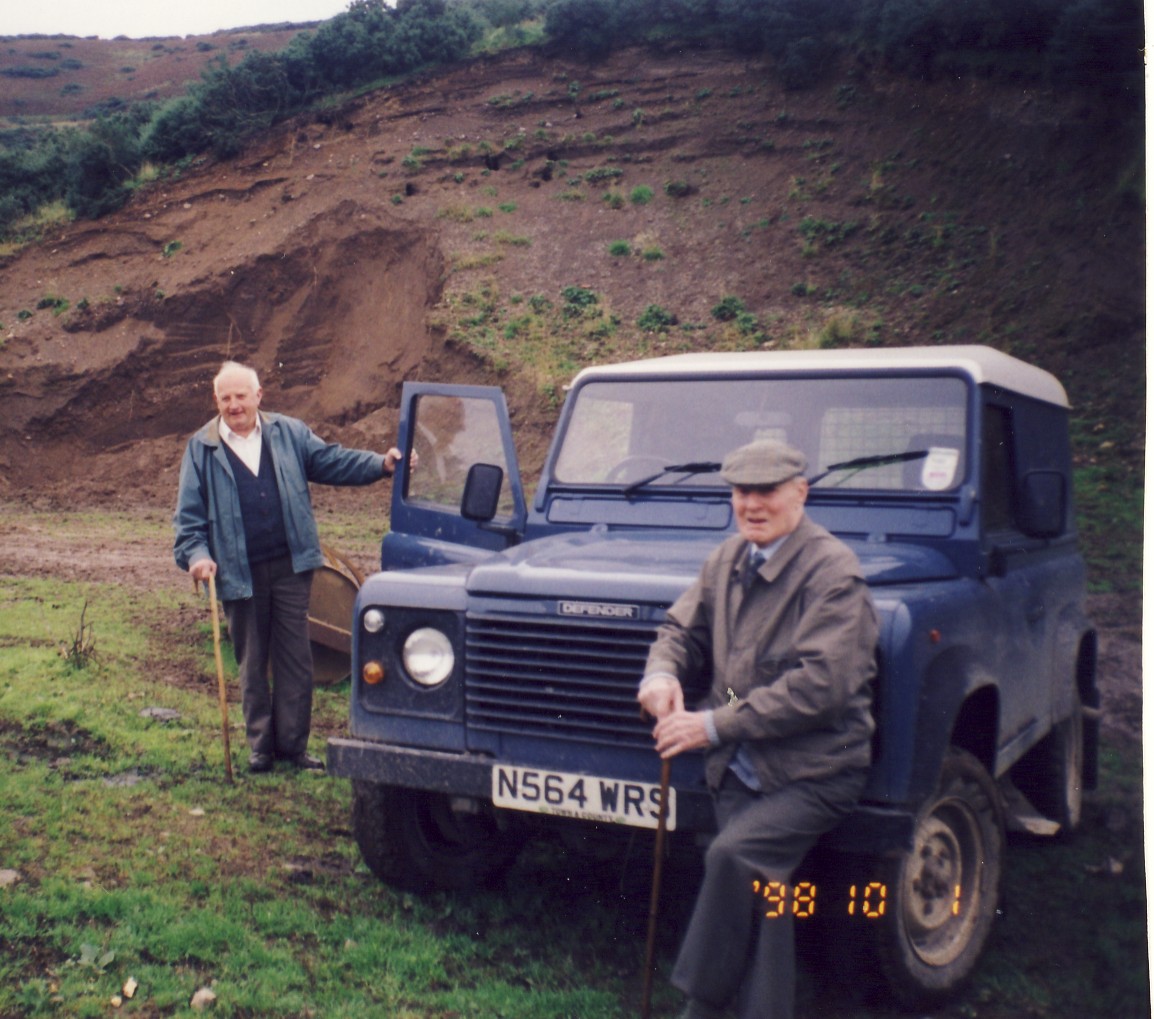 |
| John Duncan at Jacobshall | Uncle Edward and John Duncan |
No one lives at Chapelden now, as the farm has been incorporated into John Duncan's neighbouring farm. The original house is still standing, even though it is now used as a cattle shed. A big door has been cut into one end, but you can still see where the fireplaces were, and a cupboard built into the wall of the kitchen. It is possible to imagine what life might have been like in the 1870's.
|
Pictures of Chapelden that I had seen previously, led me to believe that it was a poor, infertile farm, where great-great grandpa George Skene must have struggled for a bare living. I assumed that he was not a very successful man, who only lived in this barren place because it was the best land he could get. However, Mr. Duncan spends quite a lot of time showing us around the property and he explains that the farm is considerably more substantial than I assumed. In fact, he believes it would have required at least THREE HORSES to work, and therefore was, if not a rich farm, at least a reasonably comfortable living for a family. Gr-Great Grandpa George left Chapelden, probably at the end of the 14 year lease, and moved to the much larger, and more prosperous farm of Sauchenbush, which we also visit briefly. I come to realize that our ancestor was a more successful farmer than I originally believed.
The day before our visit, Stanley is fussing about bringing a gift for John Duncan to show our appreciation for his hospitality and to thank him for showing us Great-grandpa's birthplace. He decides a nice bottle of sherry would be appropriate, but asks Uncle Edward if he agrees. Uncle Edward does not!
"SHERRY??? Ye'll no' be guvin' a man like John Duncan a bottle of sherry, ye' daft booger!" "John Duncan drinks whuskey!!!"
Stanley, very apologetic: "Oh yes, Edward! Yes! Whiskey! Yes, quite right! Whiskey! I'll be off to the shop for a bottle of whiskey."
When we return to Jacobshall at the end of our visit to Chapelden, Stanley presents John Duncan with a fine bottle of Famous Grouse. Judging by the smile on the farmer's face, Uncle Edward had the right of it.
Mr. Duncan twists out the cork and says: "We should just take the cream off the top, don't you think?"
It was a fine and entertaining day!
We also visit Kinbate farm just north of Turriff, where Gr-Gr-Great Grandpa
William Skene lived, and where George and his brother, Alexander (Sandy,
who came to Dryden in 1896) were
born. At the turn-off to Kinbate,
there is a sign pointing to the next farm called Brackens.
Stanley, who seems to know every family in the county, says quite
casually: "There used
to be a family called COWIE lived at Brackens!"
Well, on
On the edge of Turriff is a large stone house, called Ashton, that was built by William Skene. He was the brother of our Great-grandfather, Robert. William was a builder and stayed in Scotland while Robert emigrated to Canada.
|
|
| Ashton - the home of William Skene |
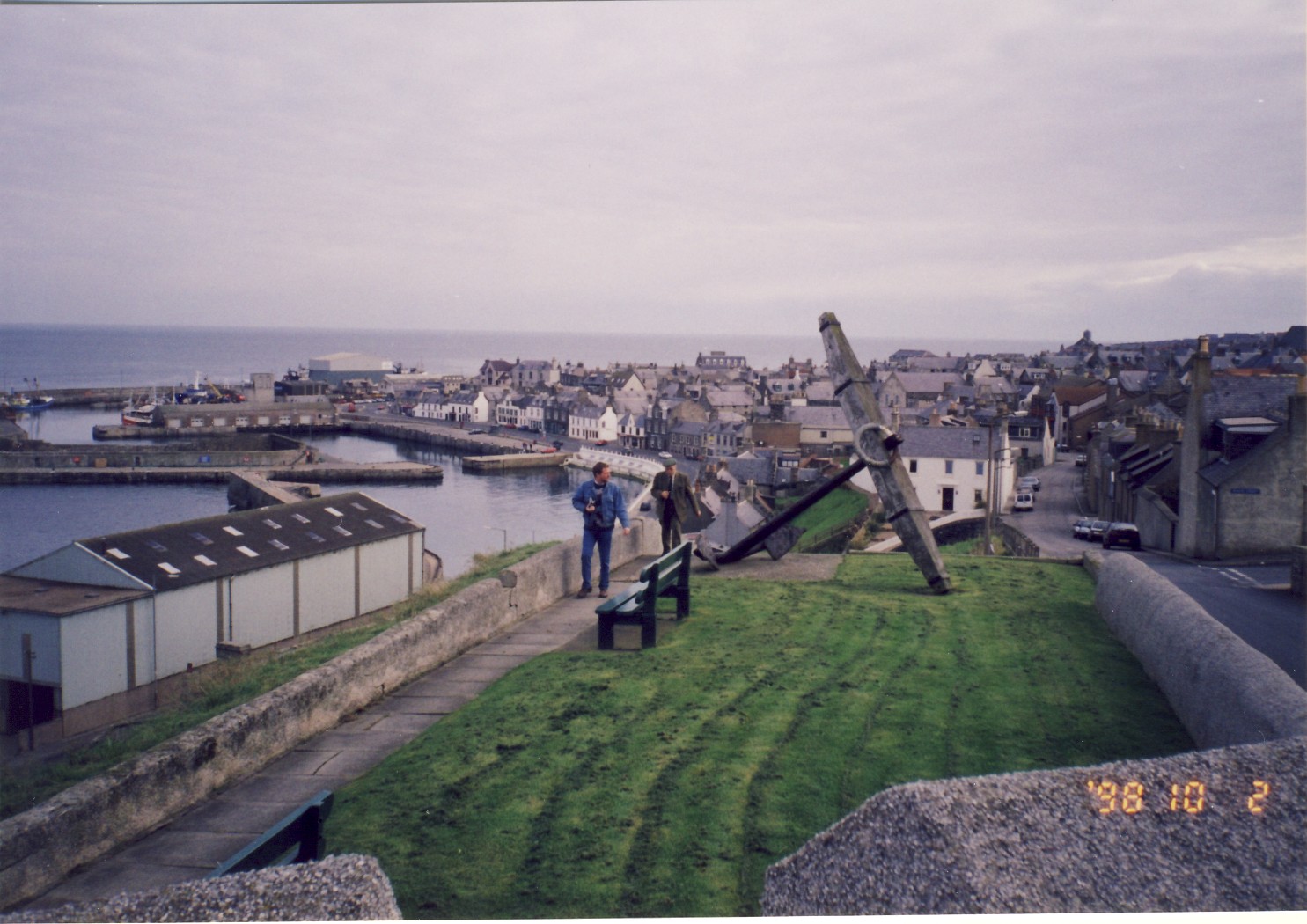 |
| View of Macduff from the church |
One day we visit Fyvie castle where
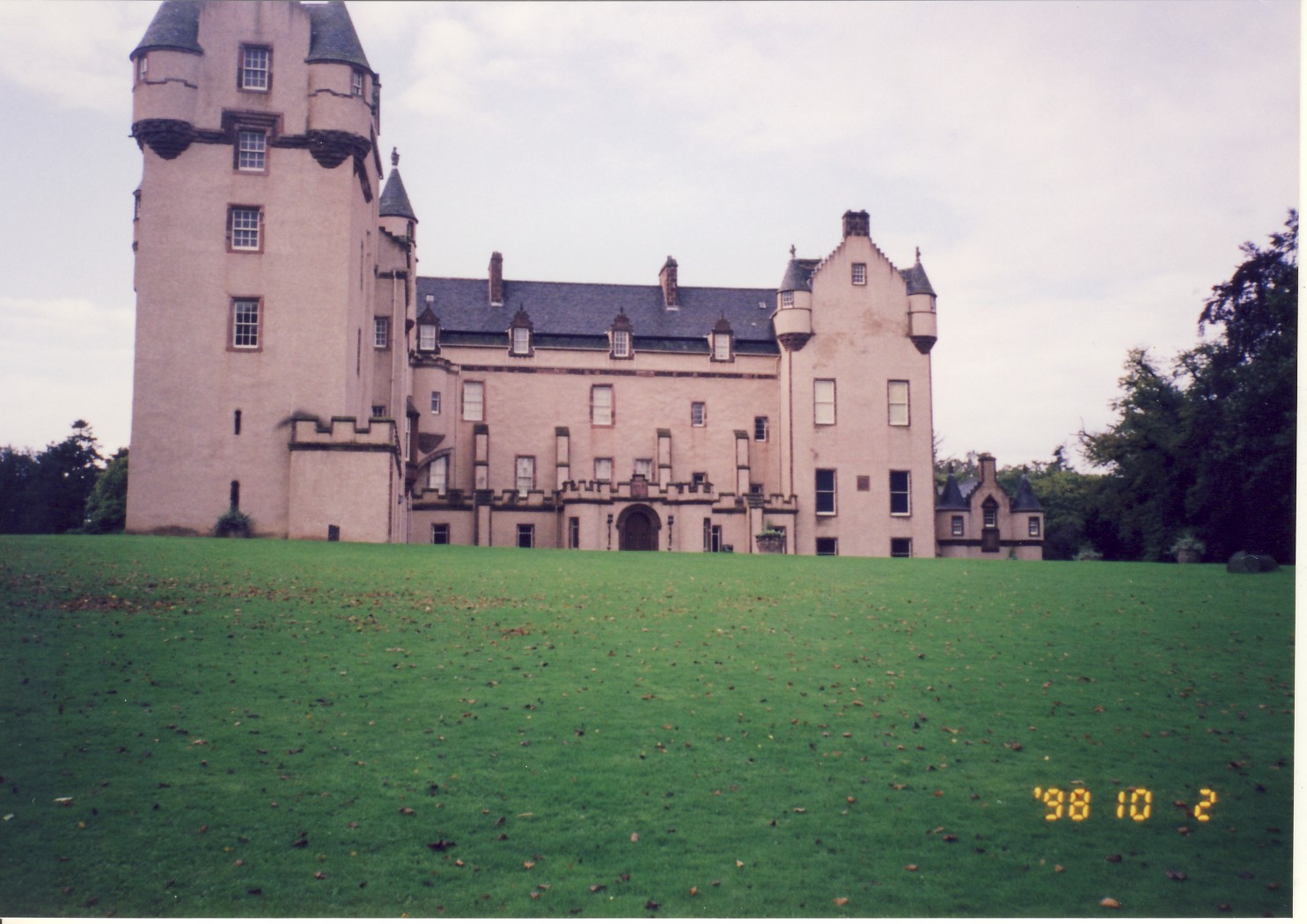 |
| Fyvie Castle |
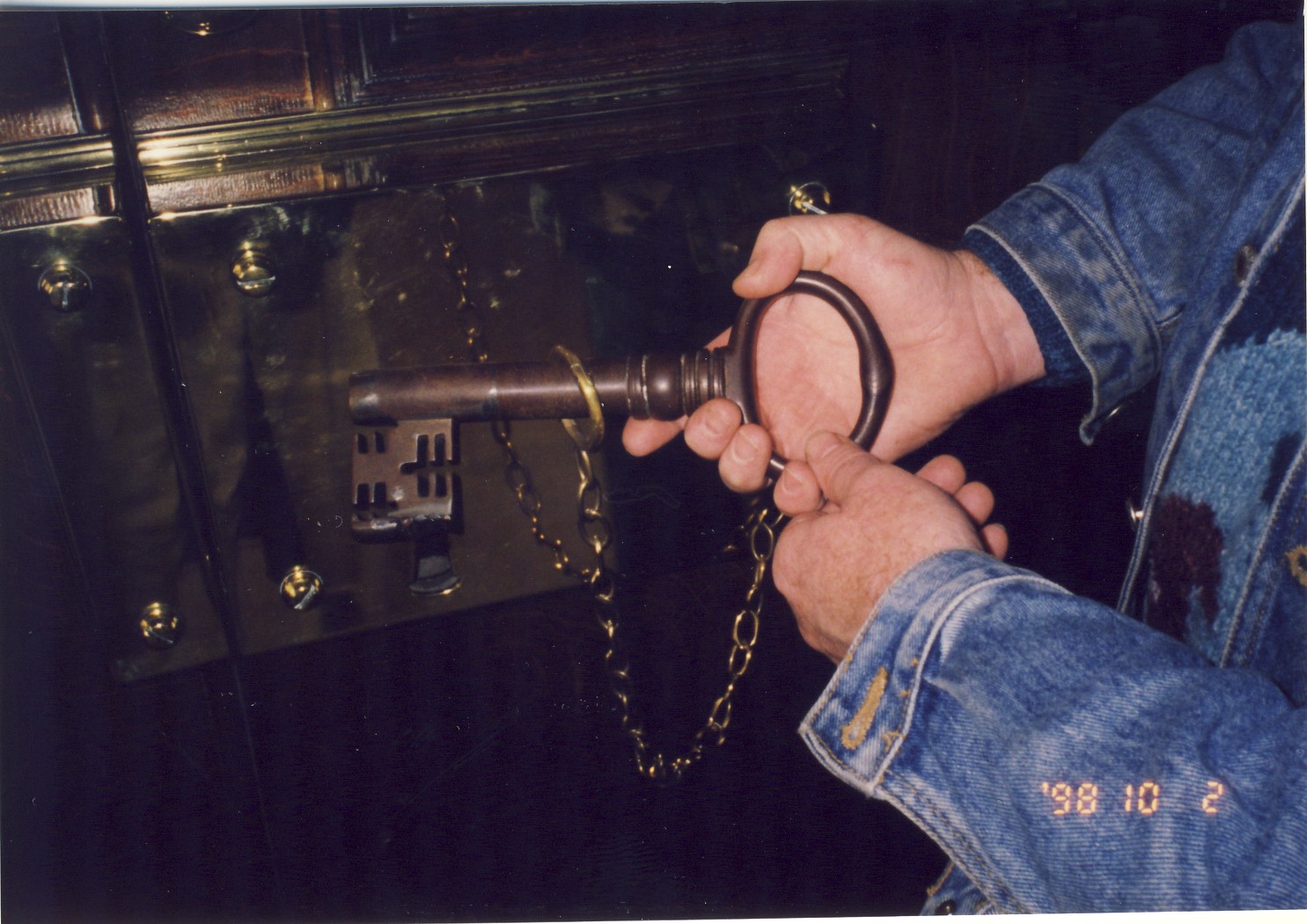 |
| Key to the front door |
A memorable stop is at an ancient stone circle near Daviot. We walk up through a wood, to a clearing on top of a hill where a circle of Pictish standing stones looks out over a valley. We are the only ones there and by staying real, real quiet, we can nearly hear faint voices from the 3rd and 4th century.
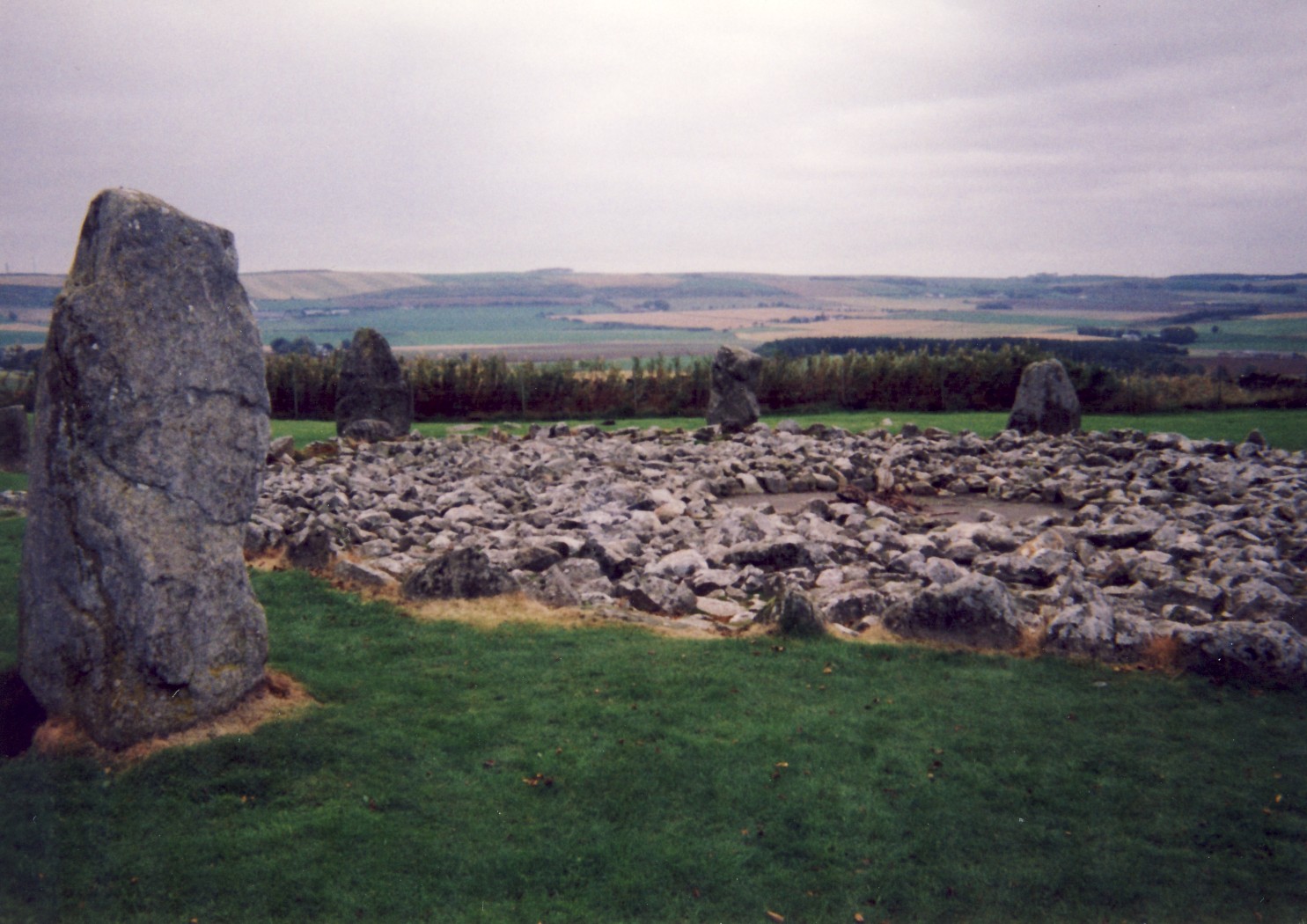 |
|
| Standing Stone Circle near Daviot | |
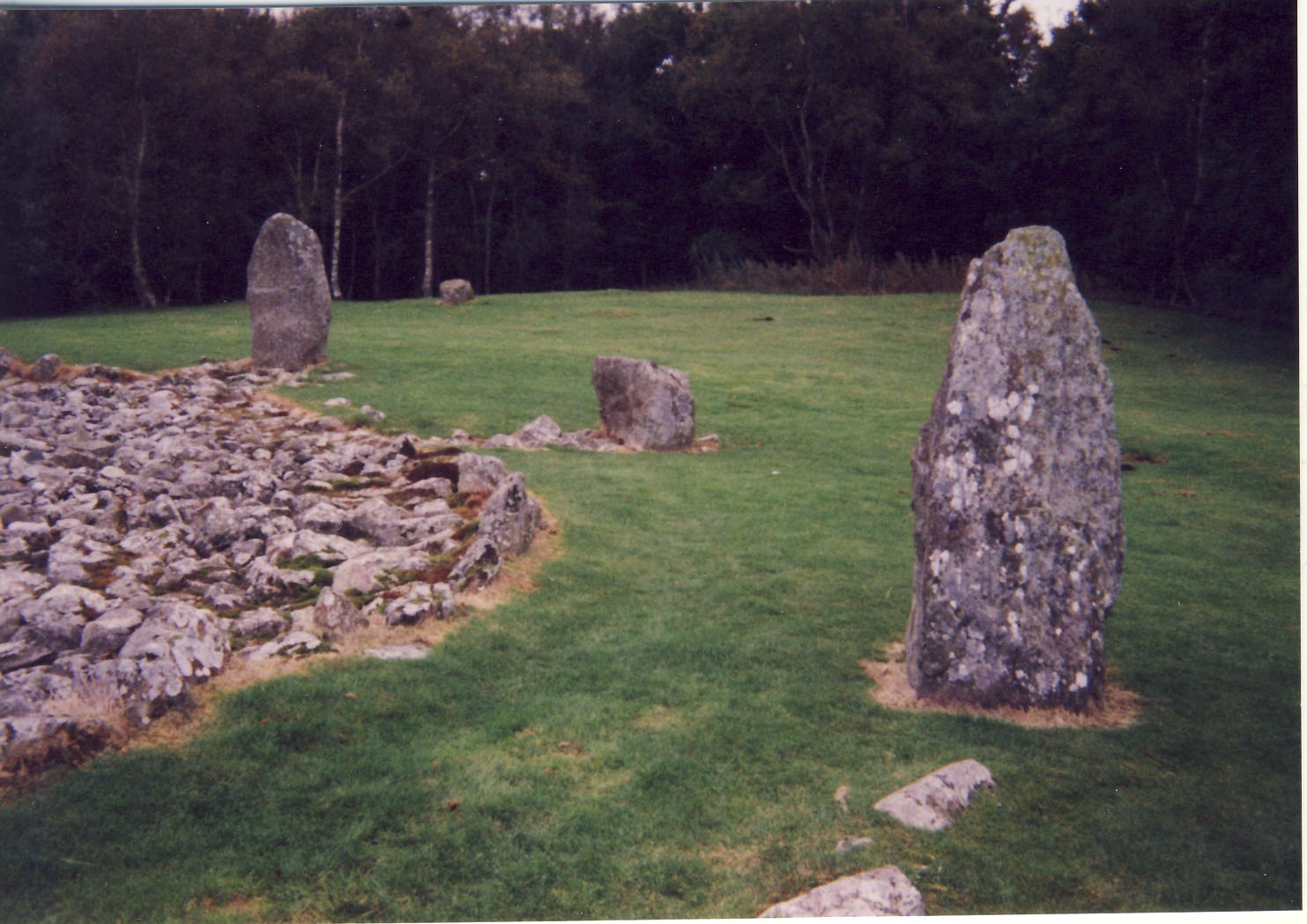 |
|
| Pictish standing stones | |
We manage a quick visit to
On the way back to Linlithgow, the road leads up over the Pass. It is considered good luck to stop at the top of the pass and add a stone to the cairn.
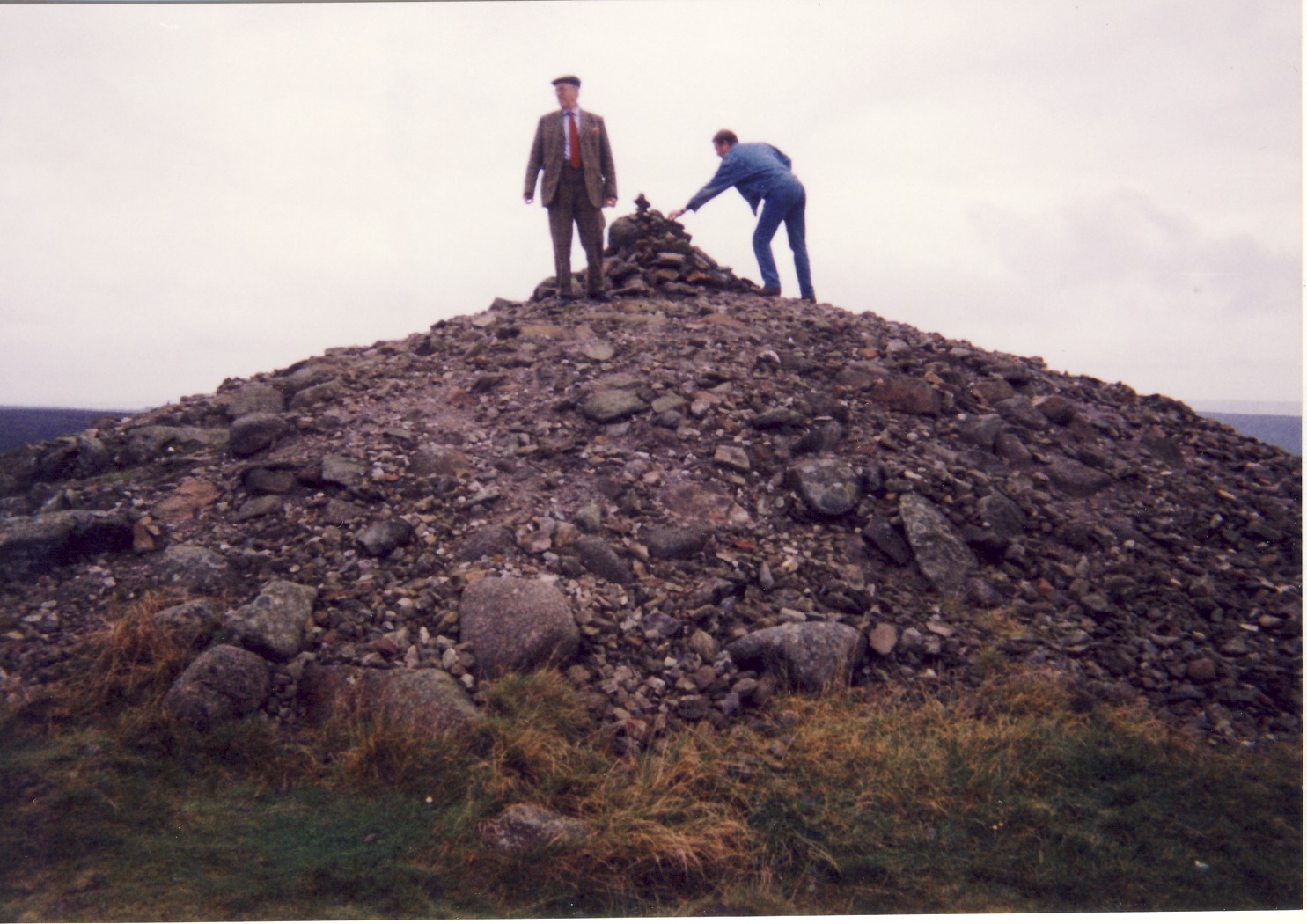 |
|
Placing a stone for luck on a cairn at the top of the pass |
Back at
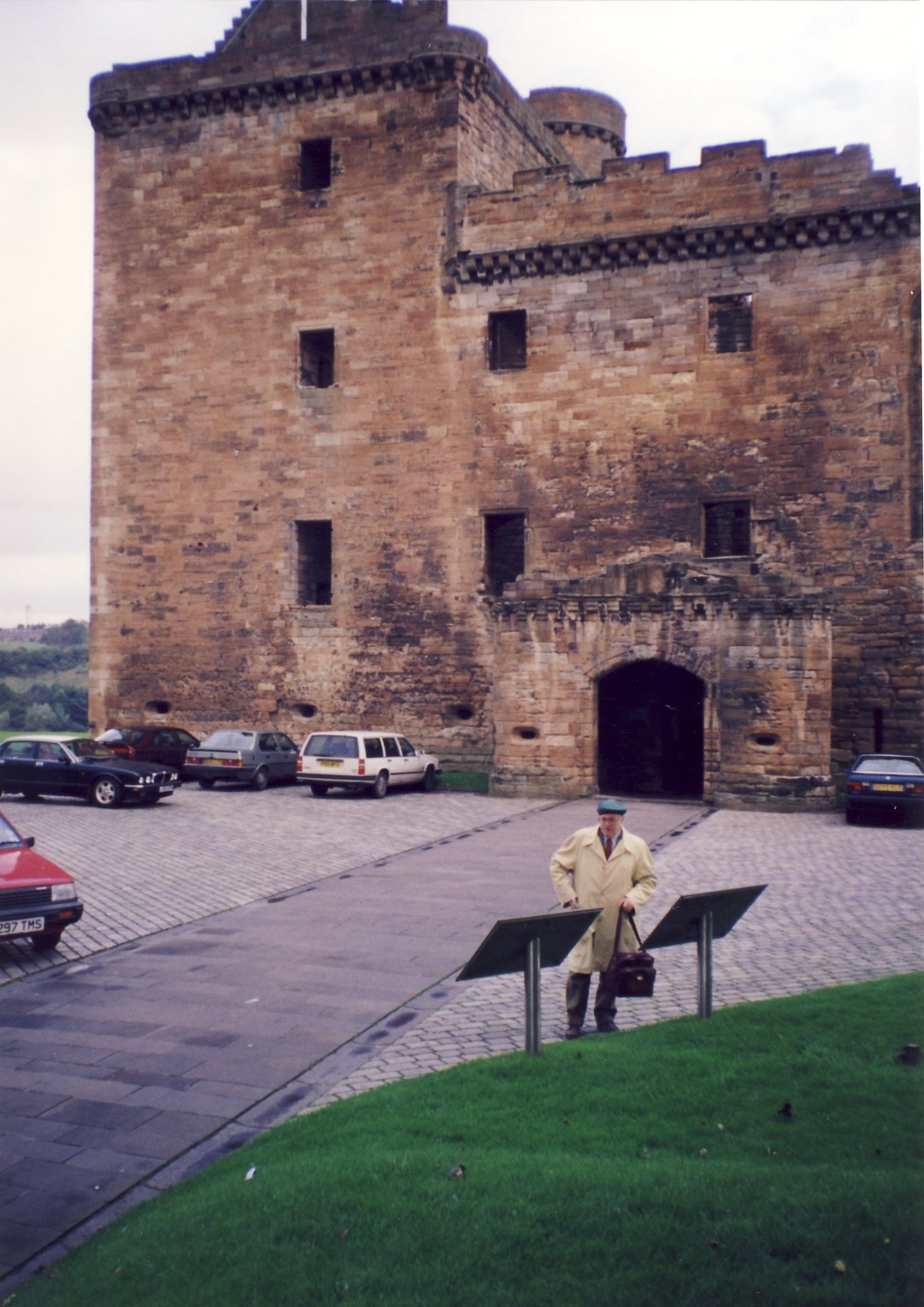 |
|
| Linlithgow Palace | |
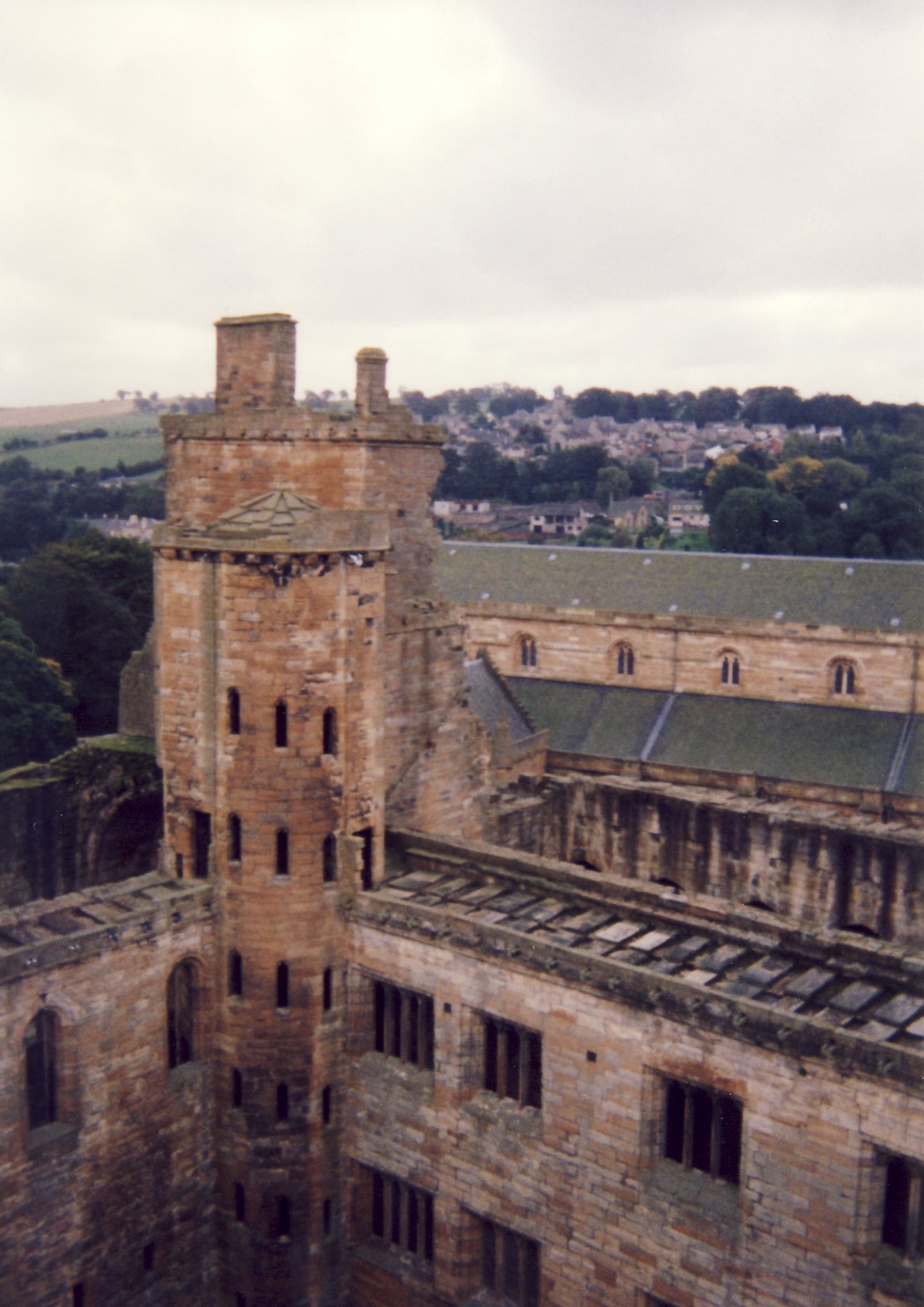 |
|
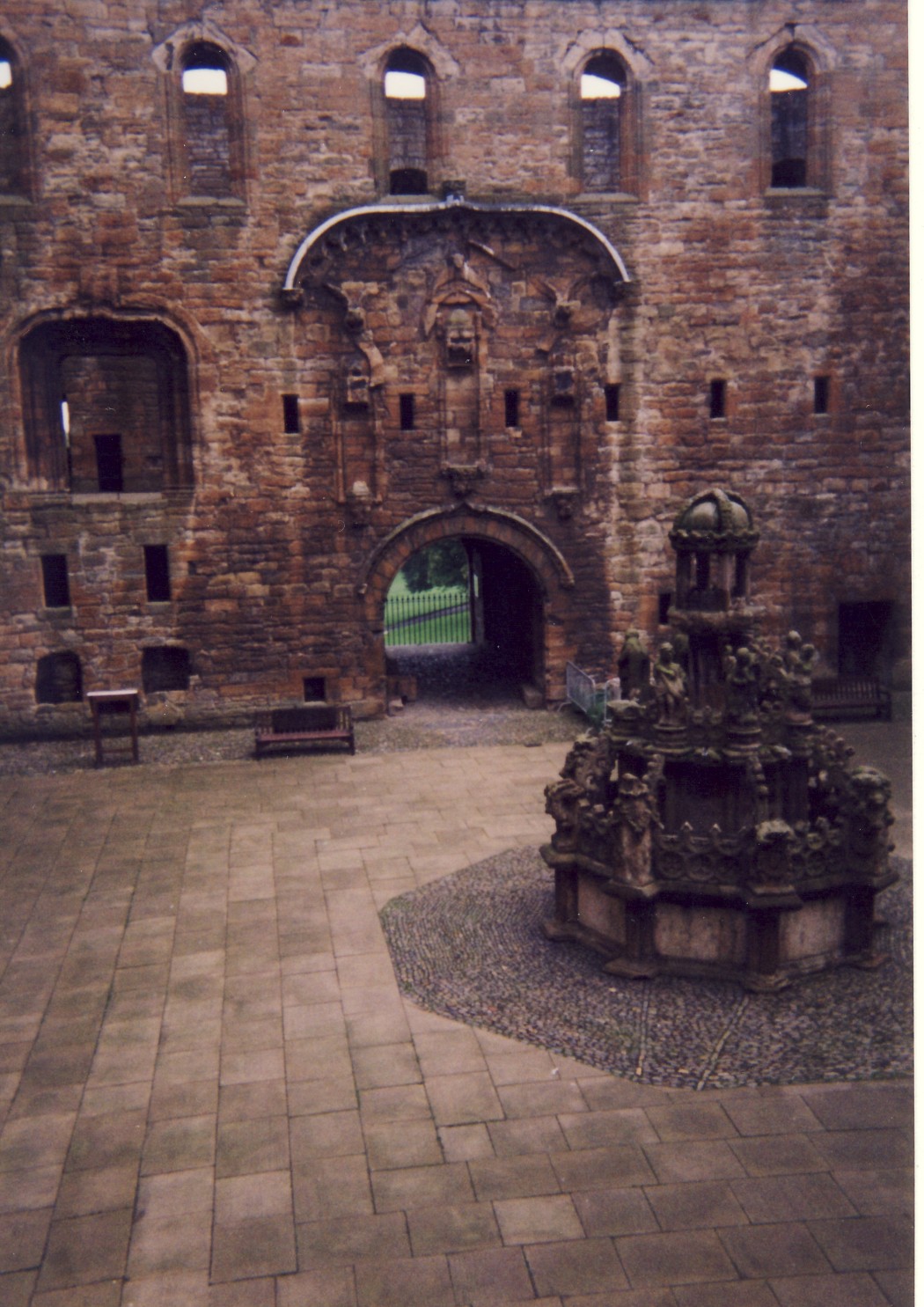 |
|
| Inner courtyard and fountain | |
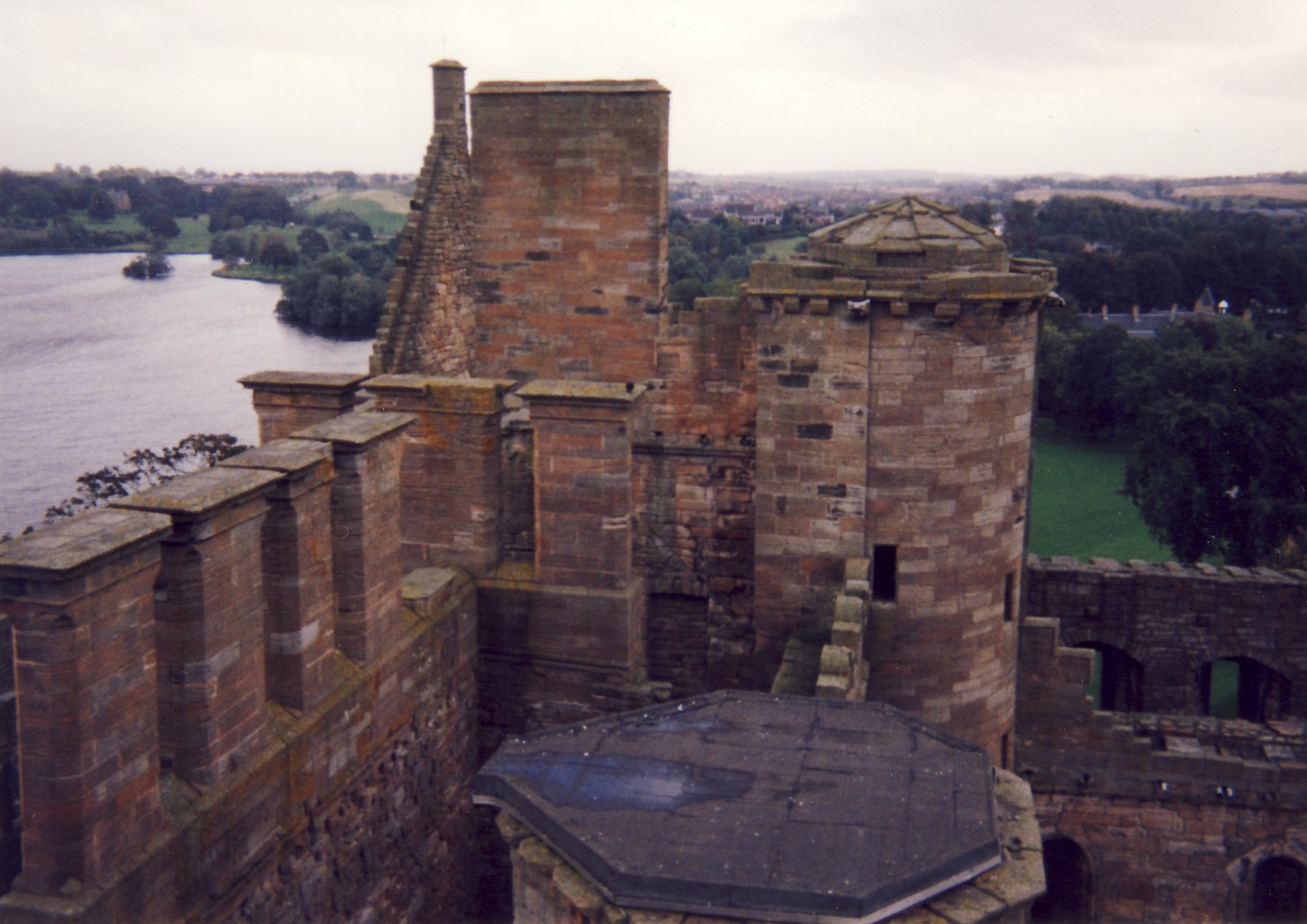 |
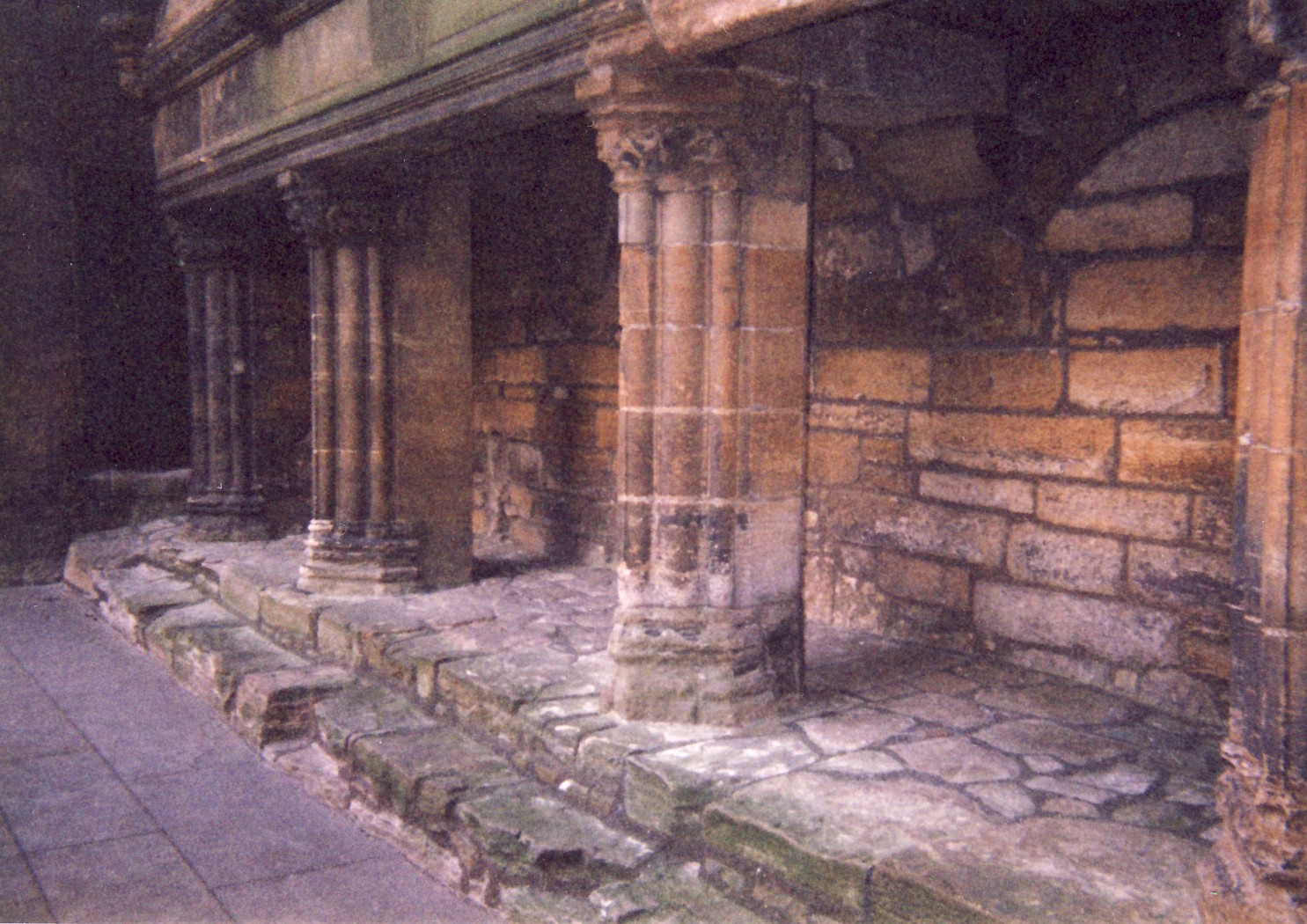 |
| Fireplace in Great Hall |
We also visit Hopetoun House where
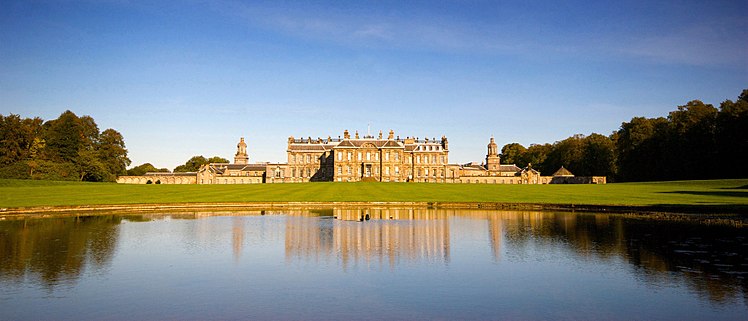 |
| Hopetoun House |
We use the excellent train service to spend some time
in
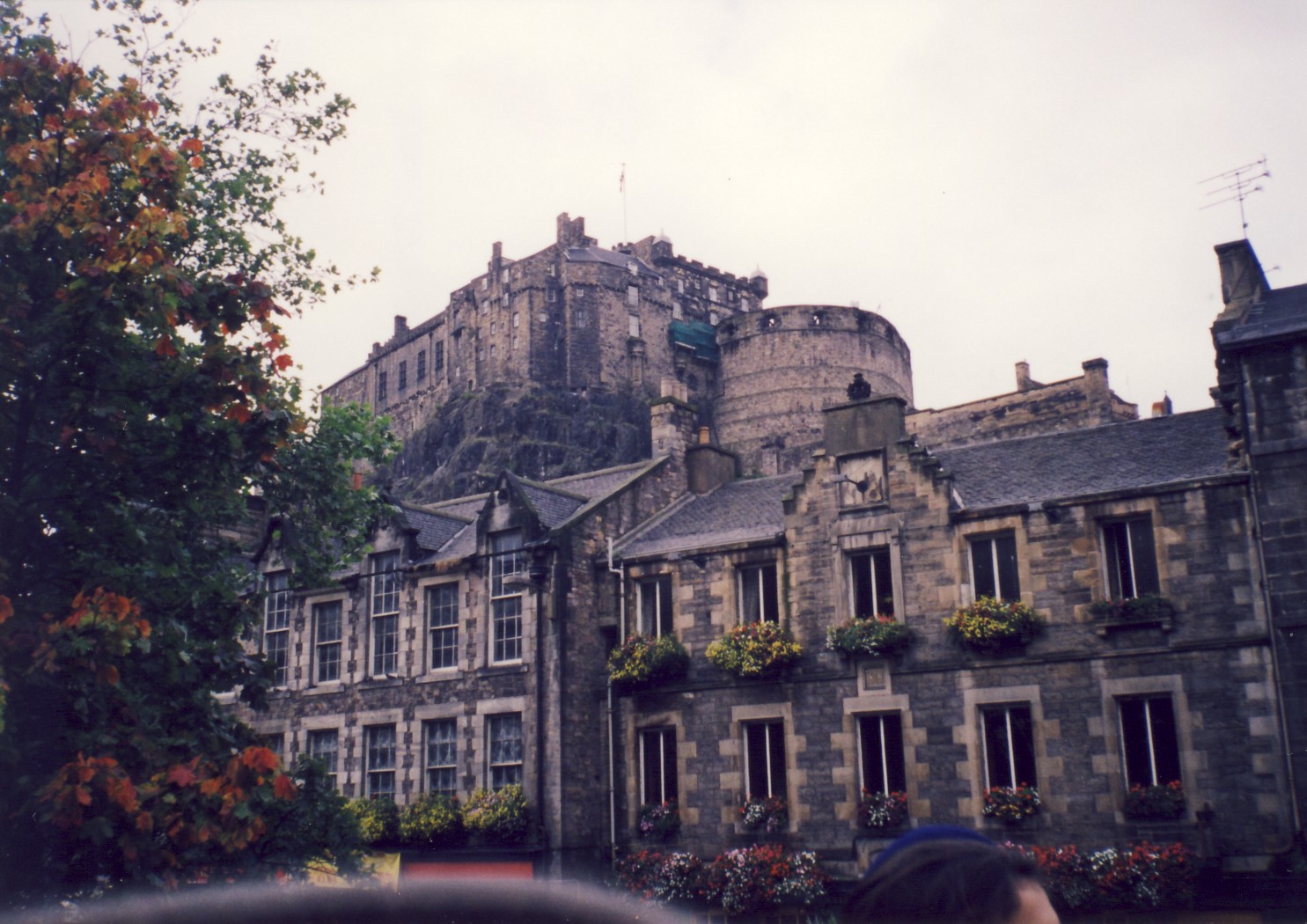 |
| Edinburgh Castle |
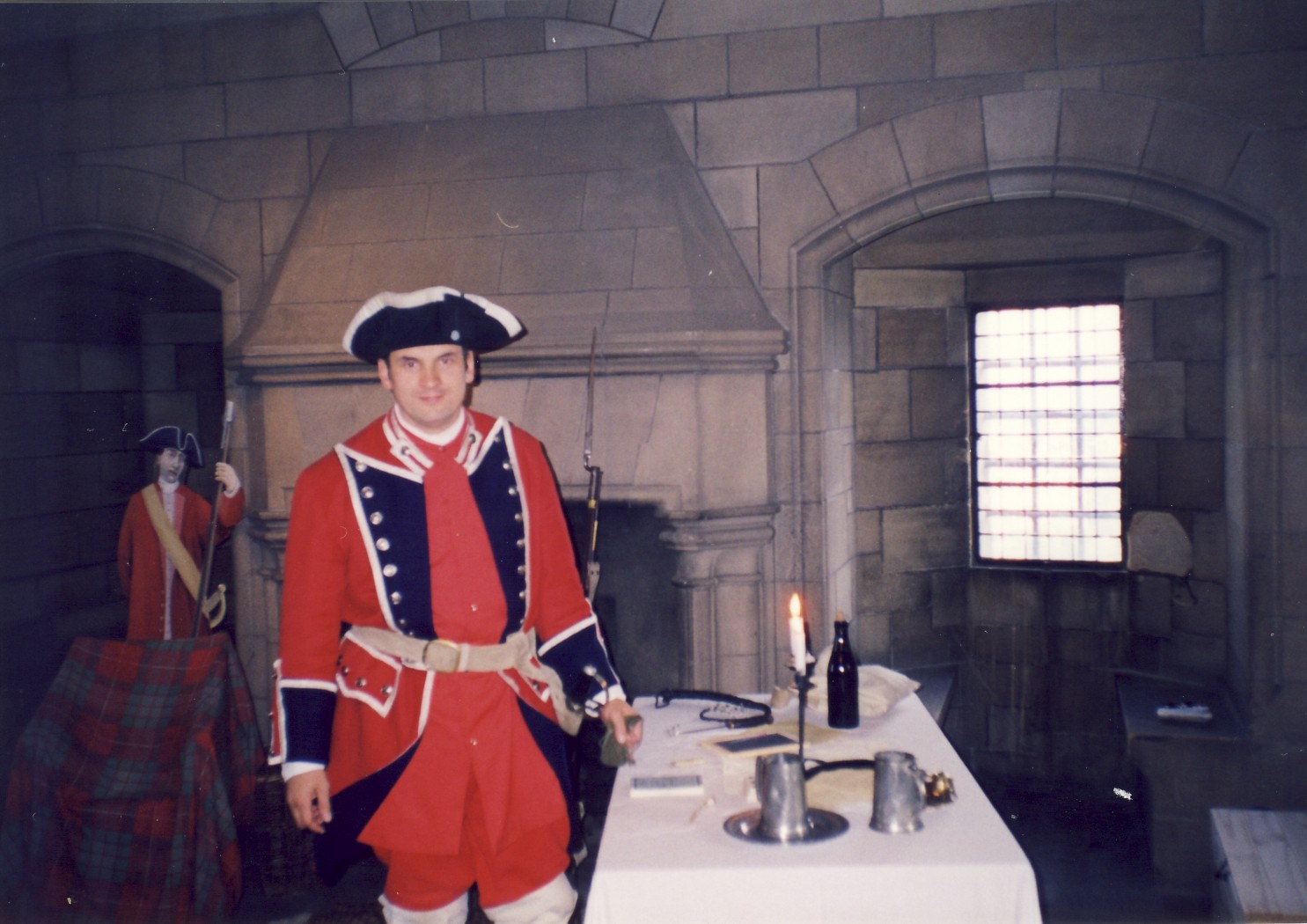 |
| 18th
century soldier
|
We manage a quick trip into
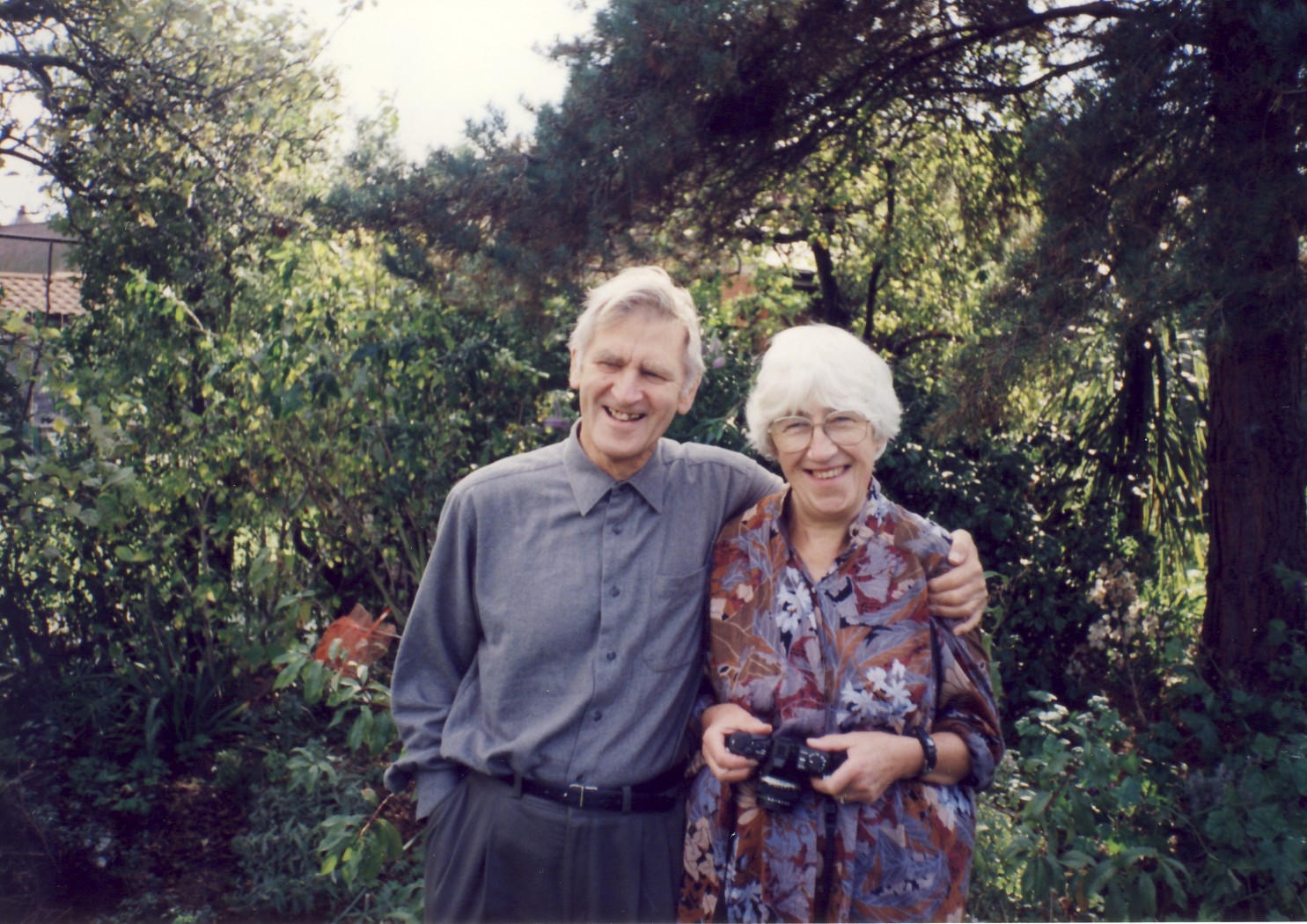 |
| Ron & Edna Blackwell |
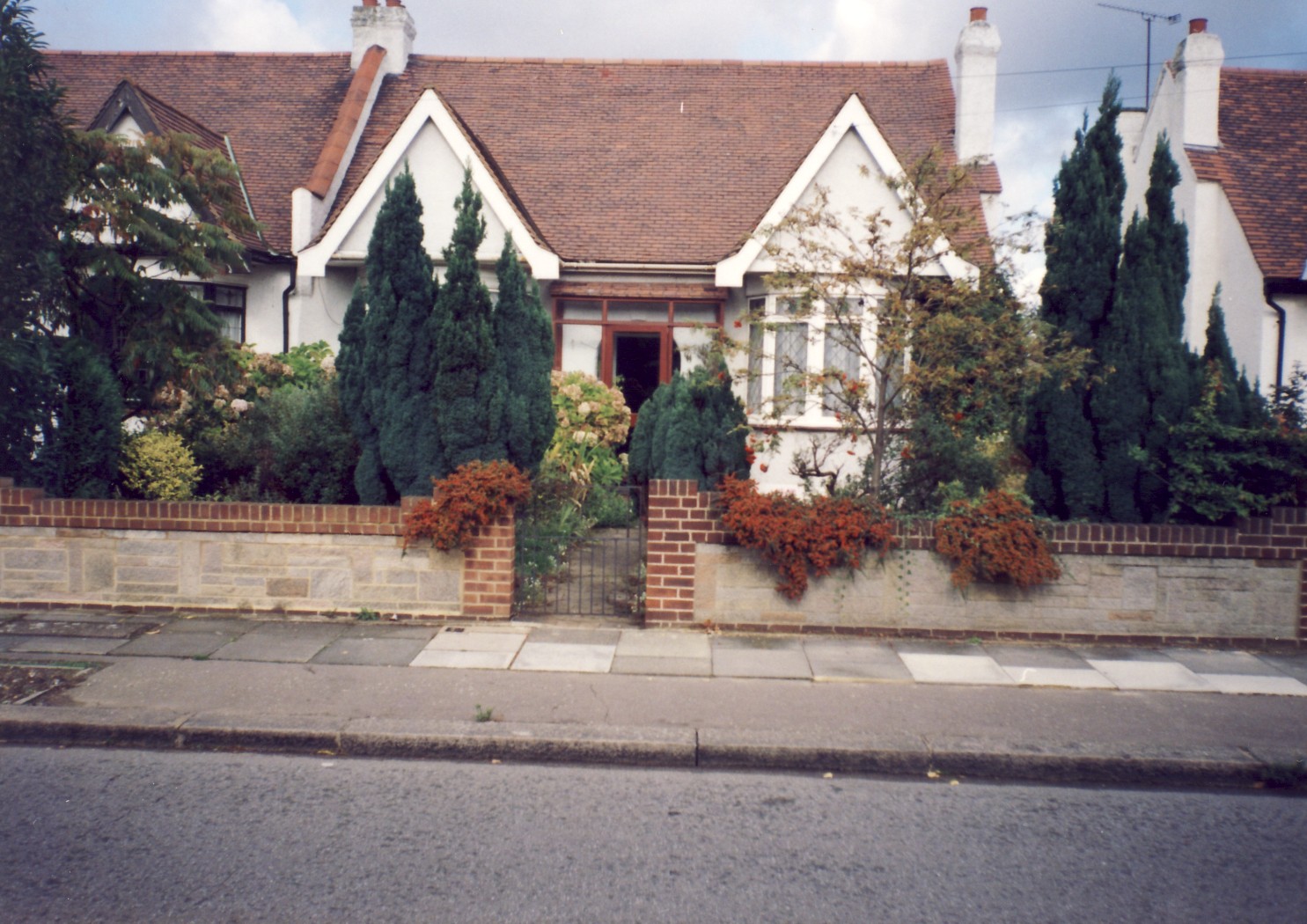 |
| Ron & Edna's house in Seven Kings |
Ron and Edna take us to Greenwich where we see the Royal Observatory and admire the Meridian 0°. We also get to ooh! and ahh! over the Cutty Sark, and then we have a delicious lunch of fish and chips and pints of lager.
.jpg) |
|
Cutty Sark photo by Krzysztof Belczyński |
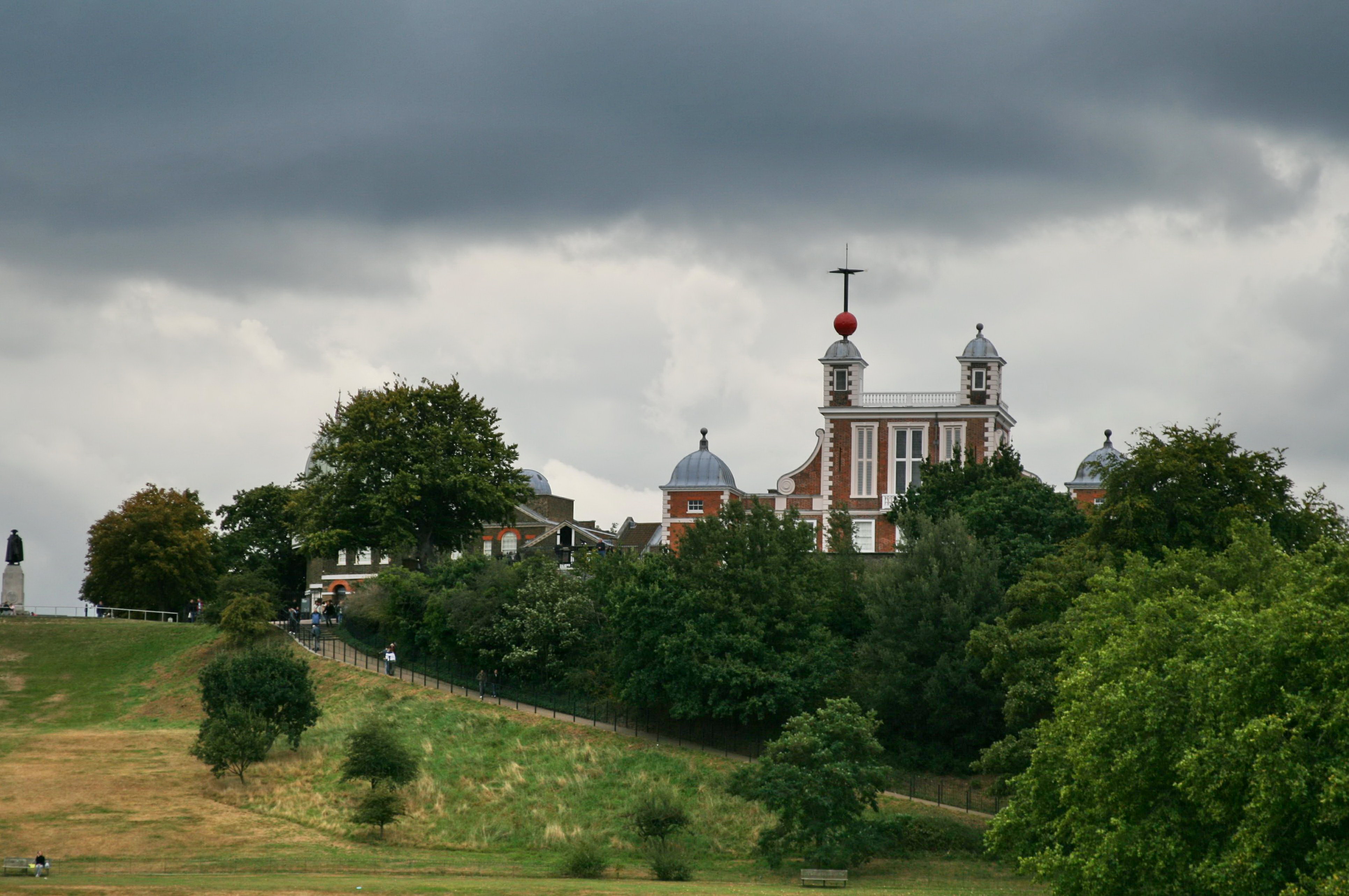 |
|
Royal Observatory photo by Steve F-E-Cameron |
We go downtown and tour the obligatory tourist sites:
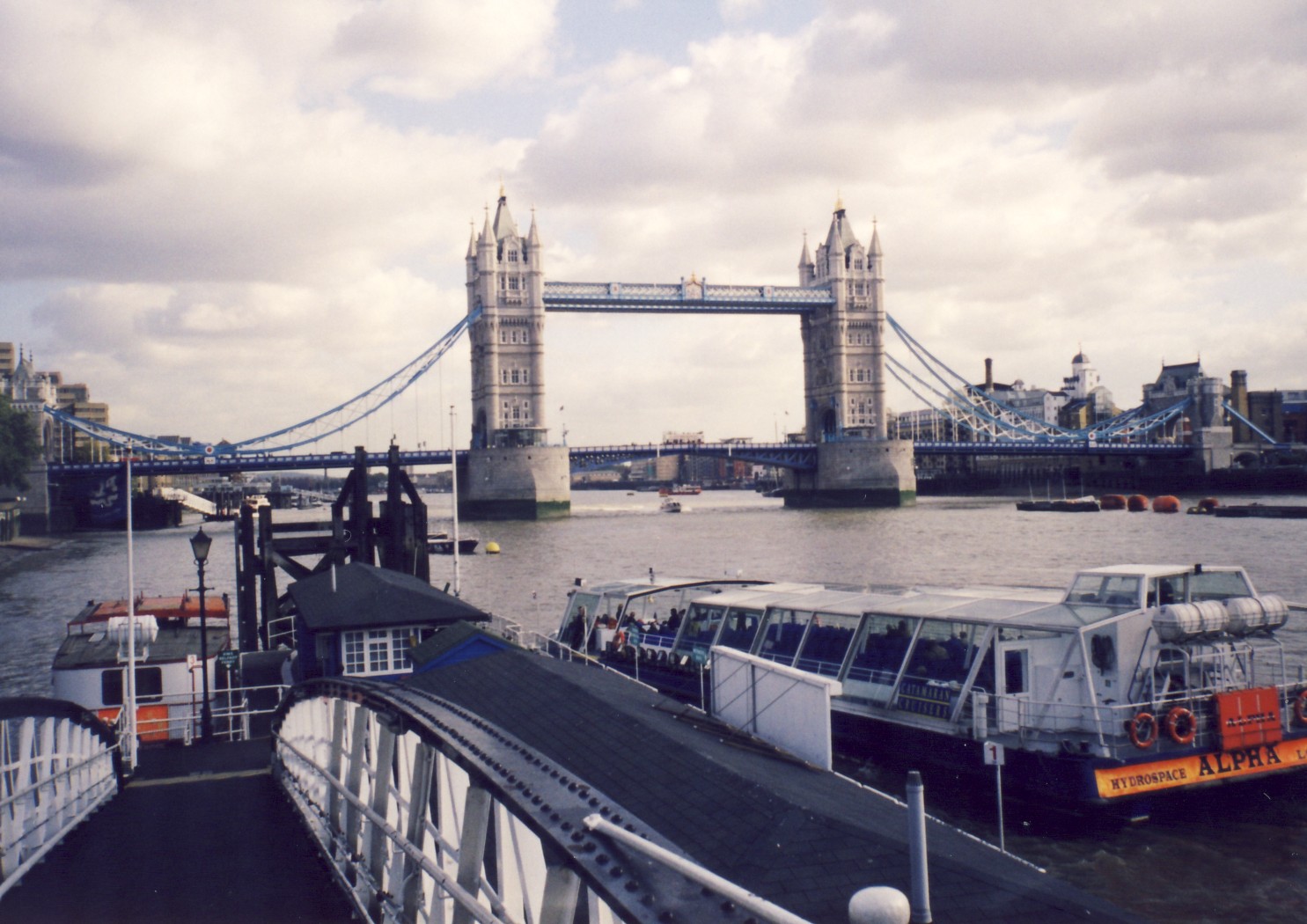 |
| Tower Bridge |
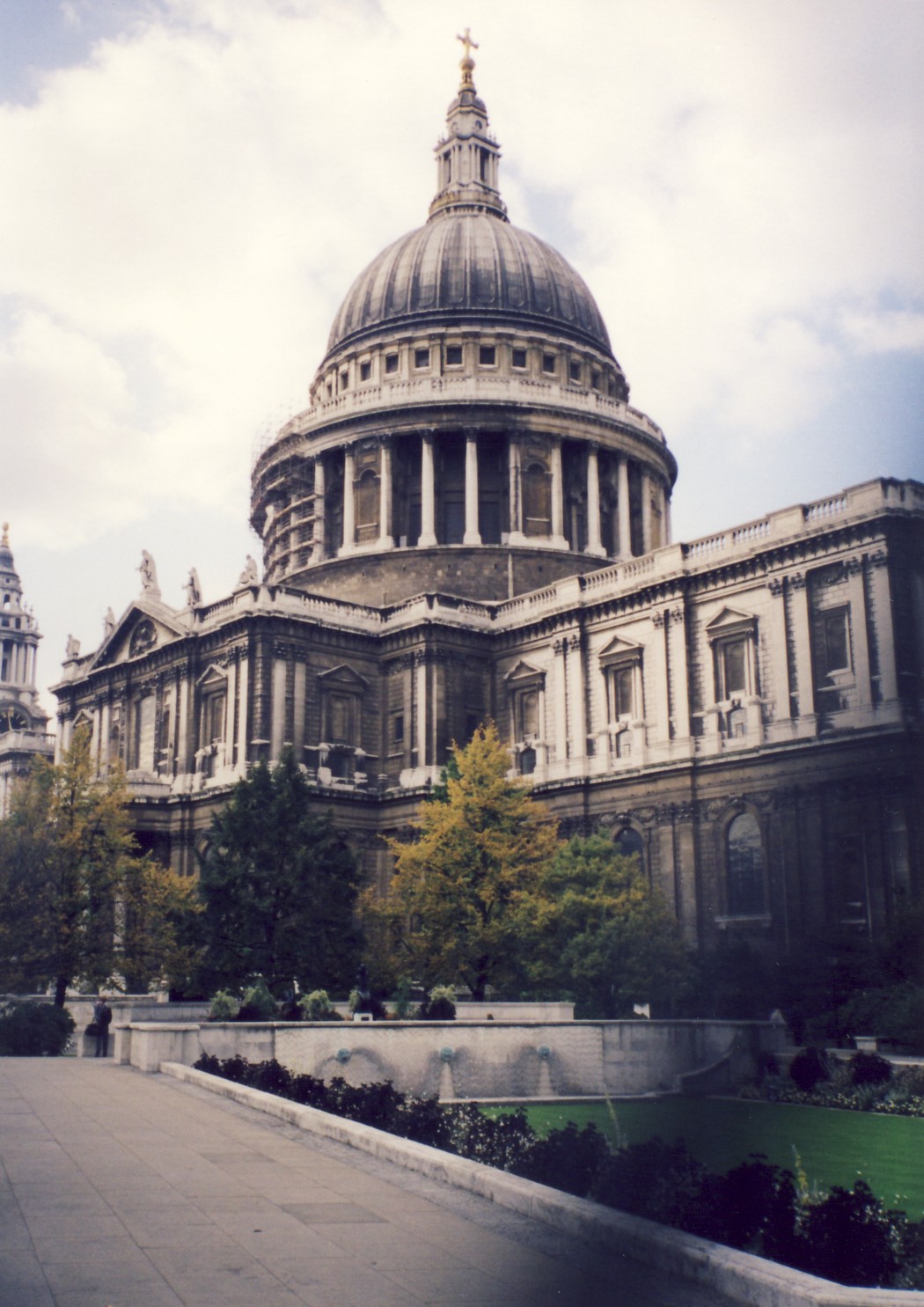 |
| St. Paul's Cathedral |
Unfortunately we miss a chance to meet Aunt Dora.
Dora is 92 and is one of only two people left in her entire generation.
(The other one is 95, and lives in